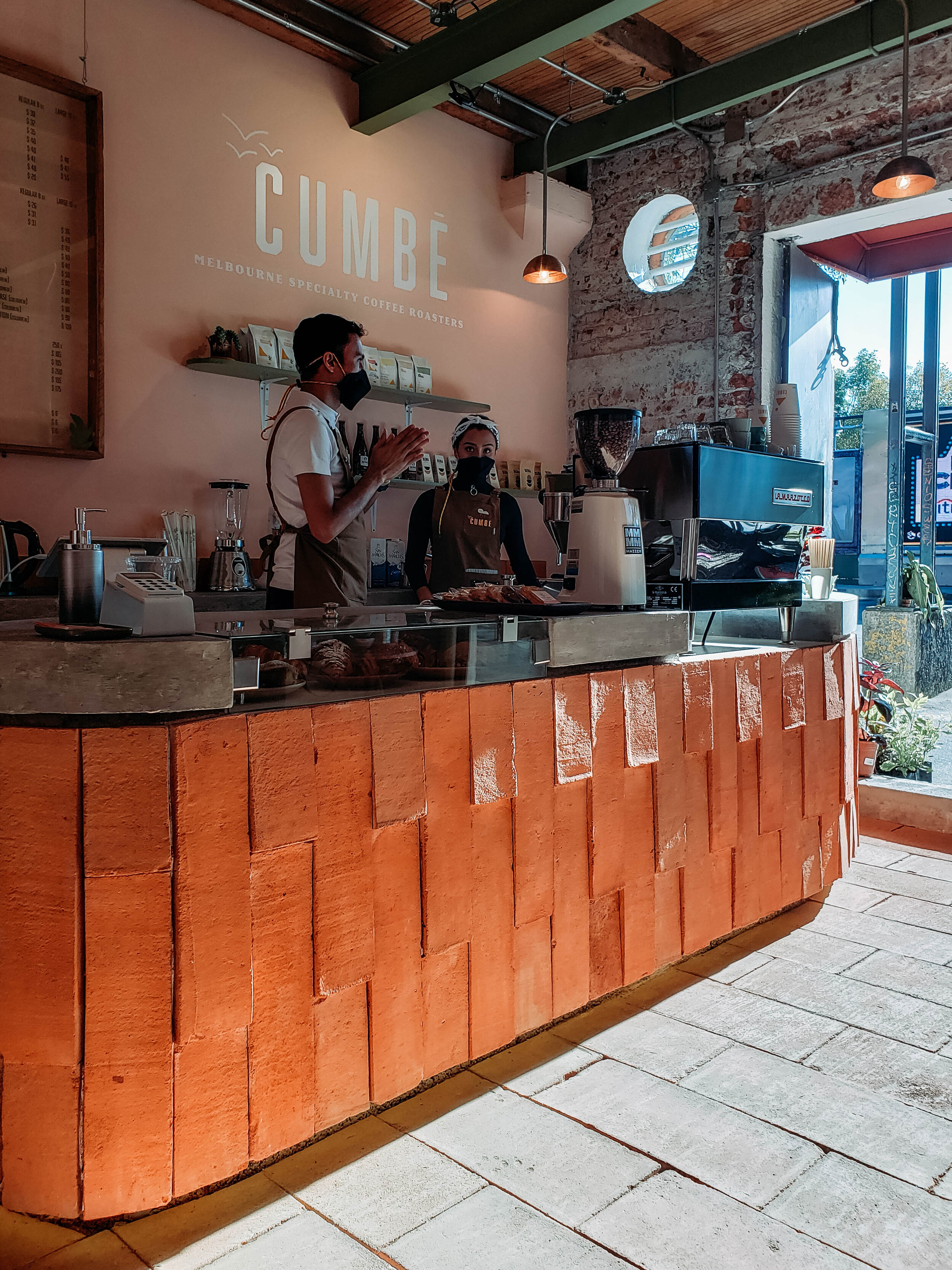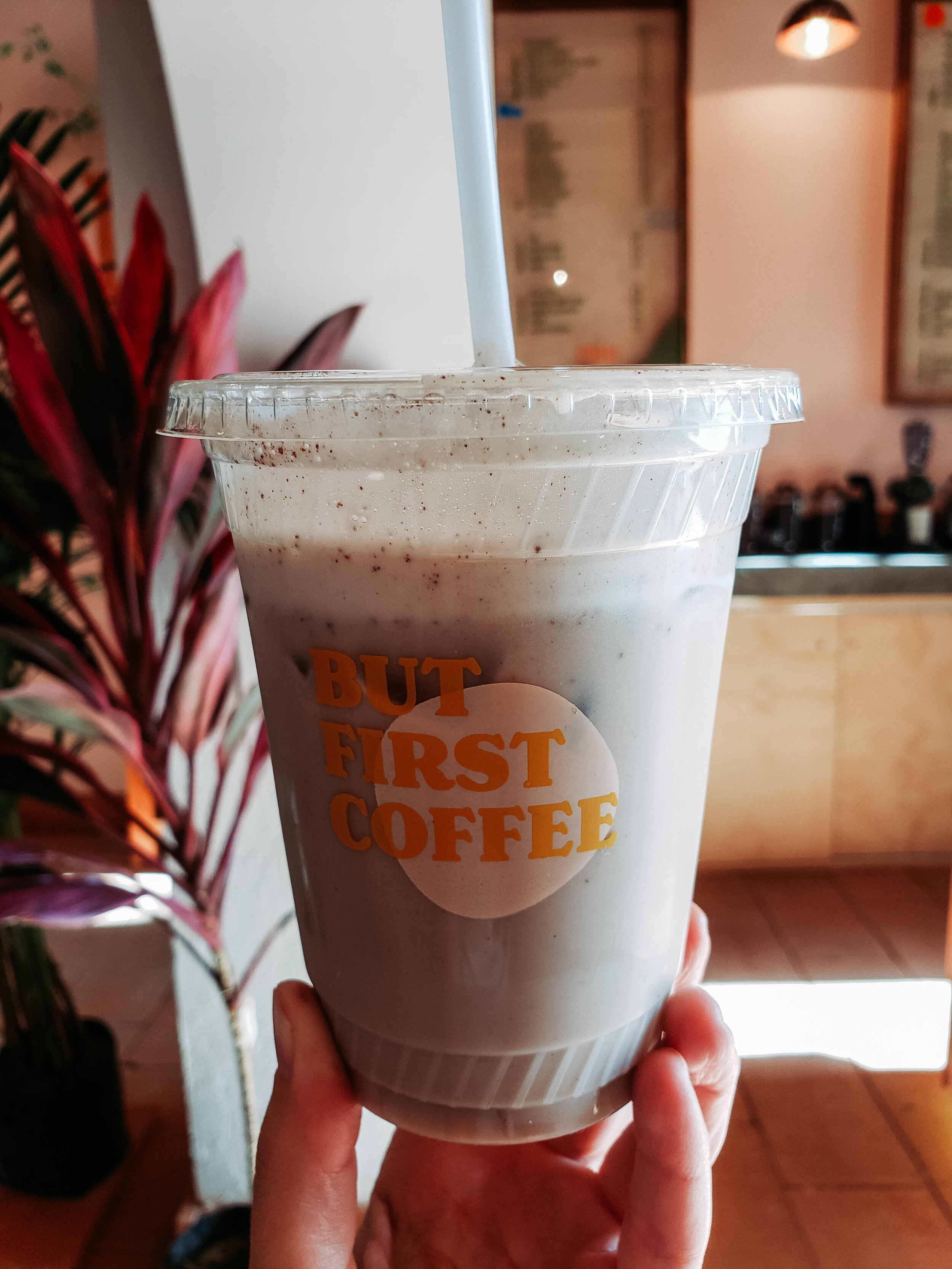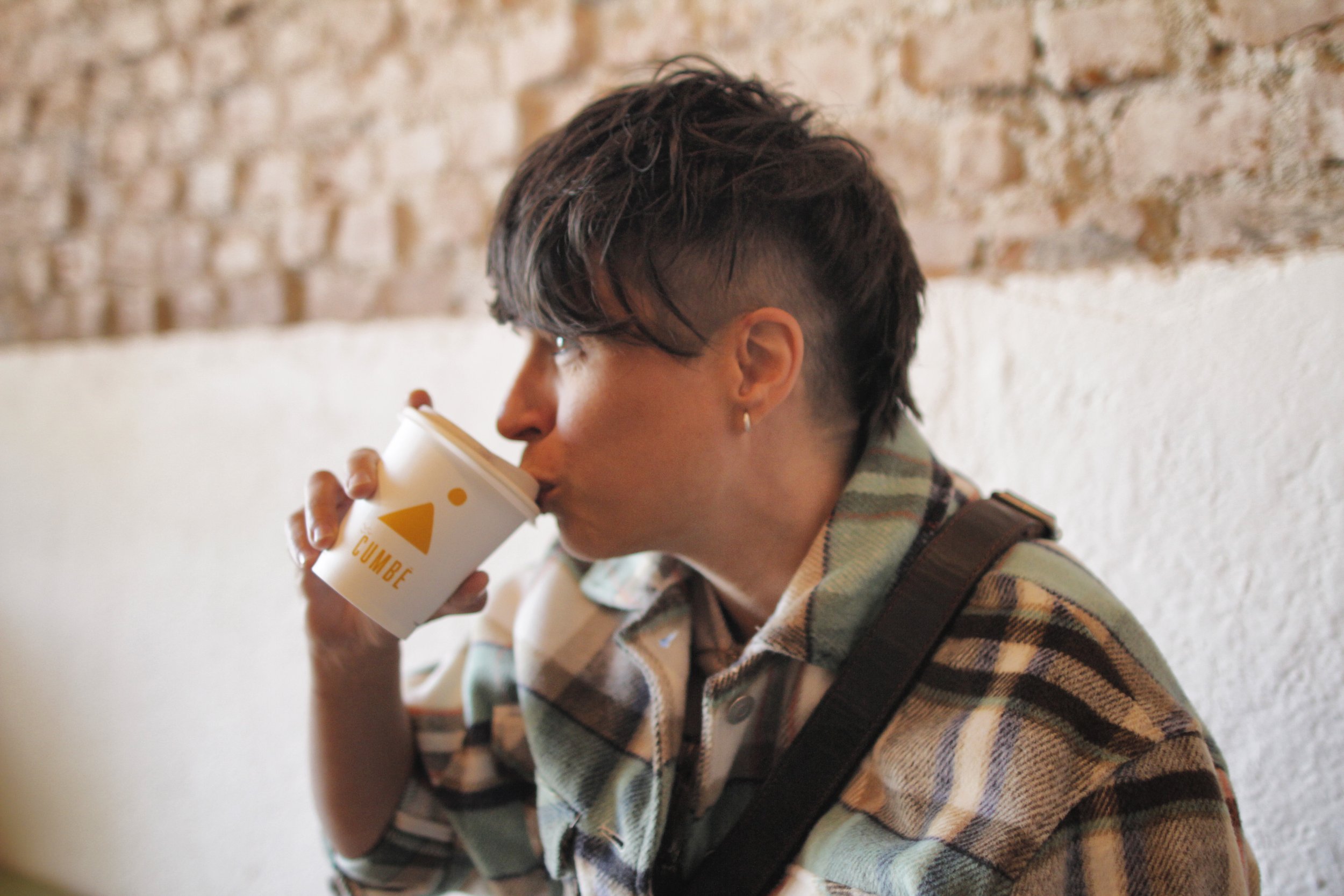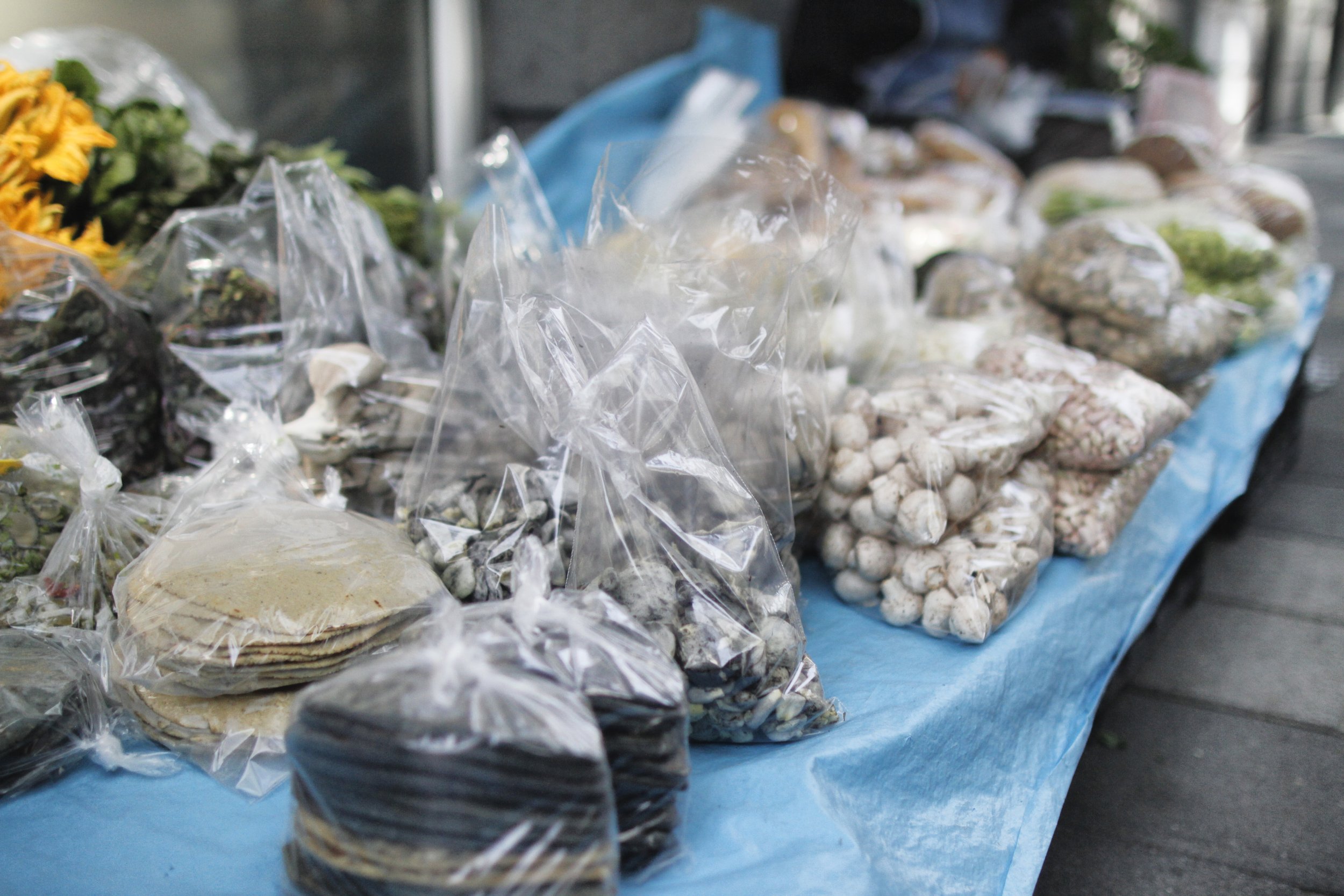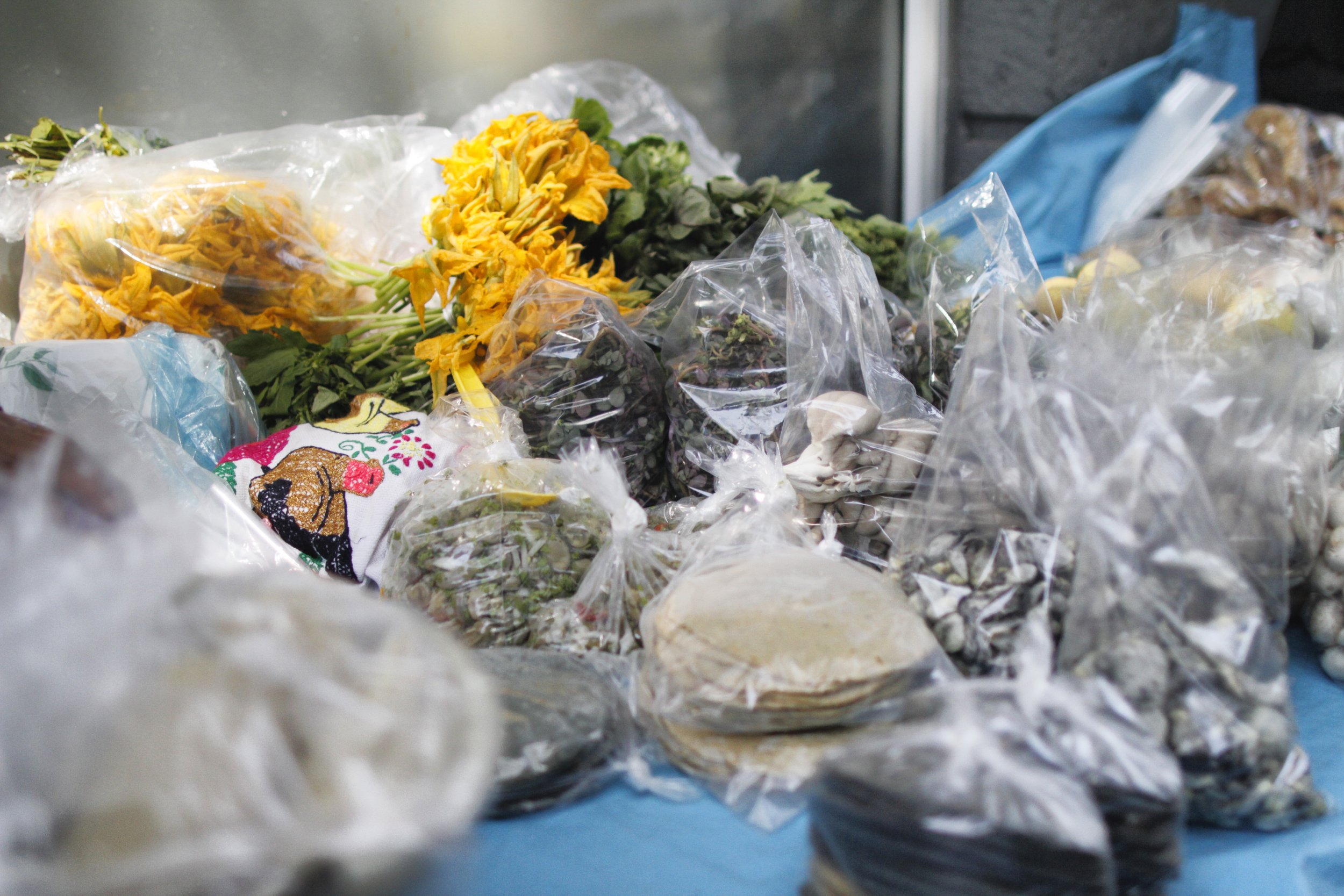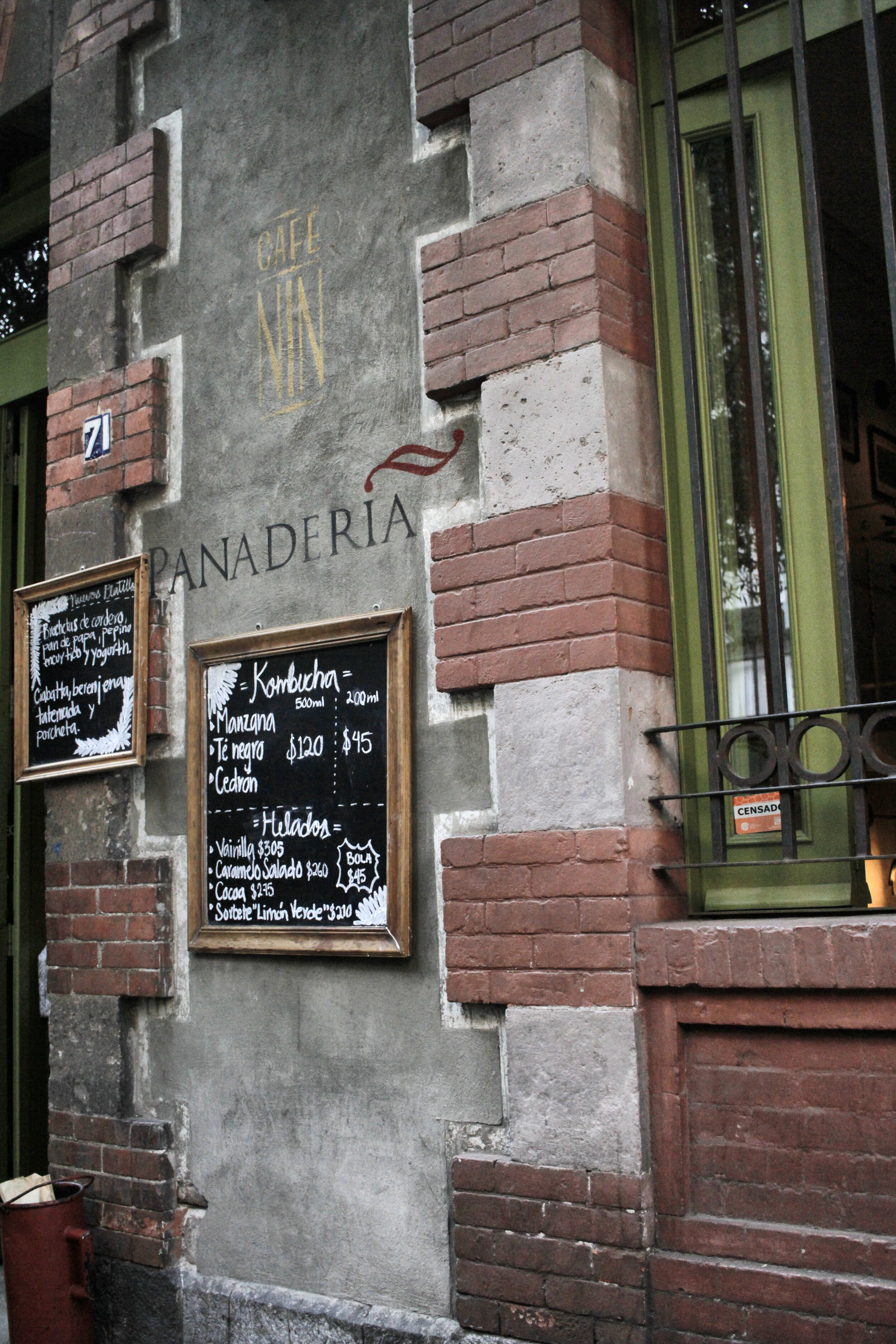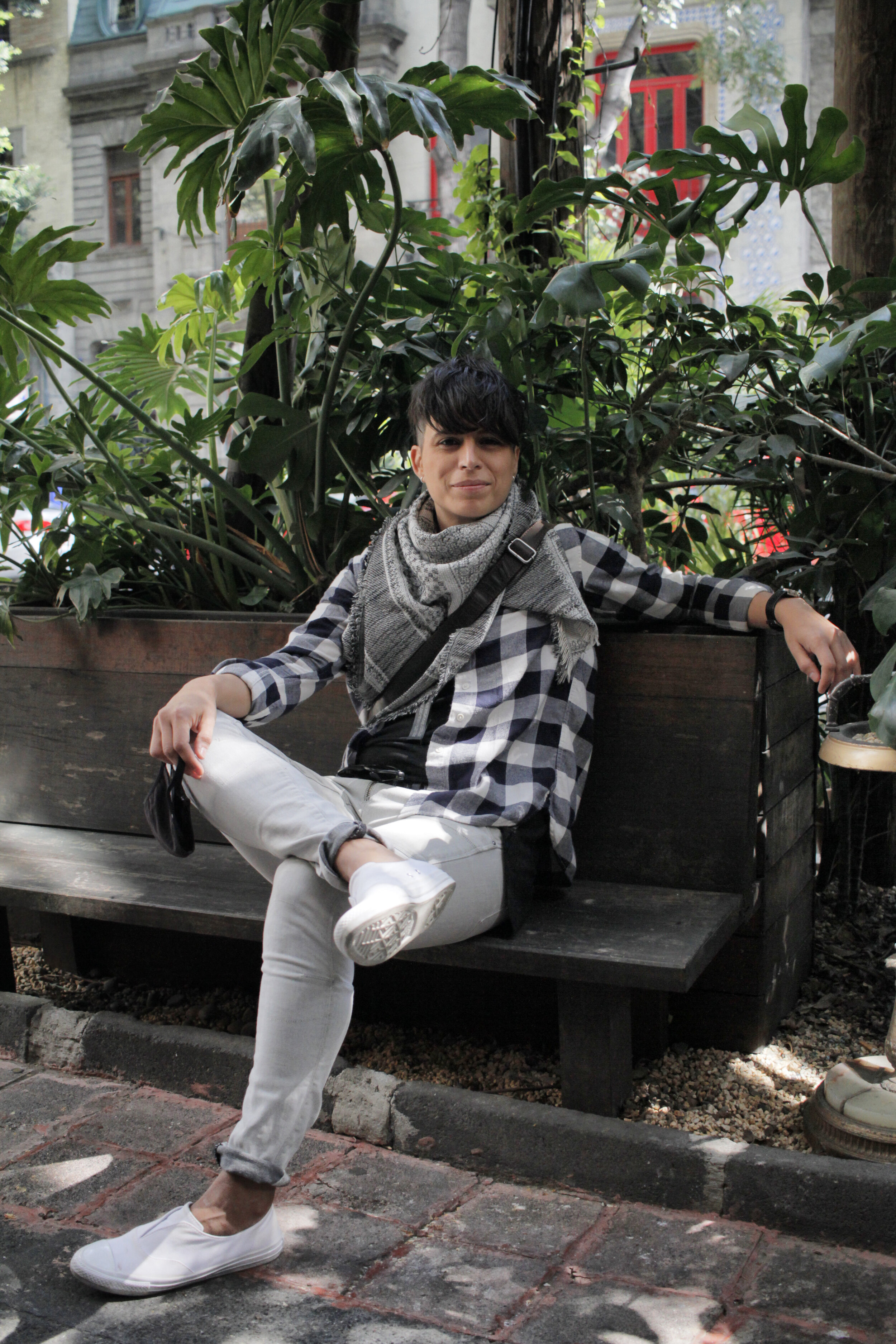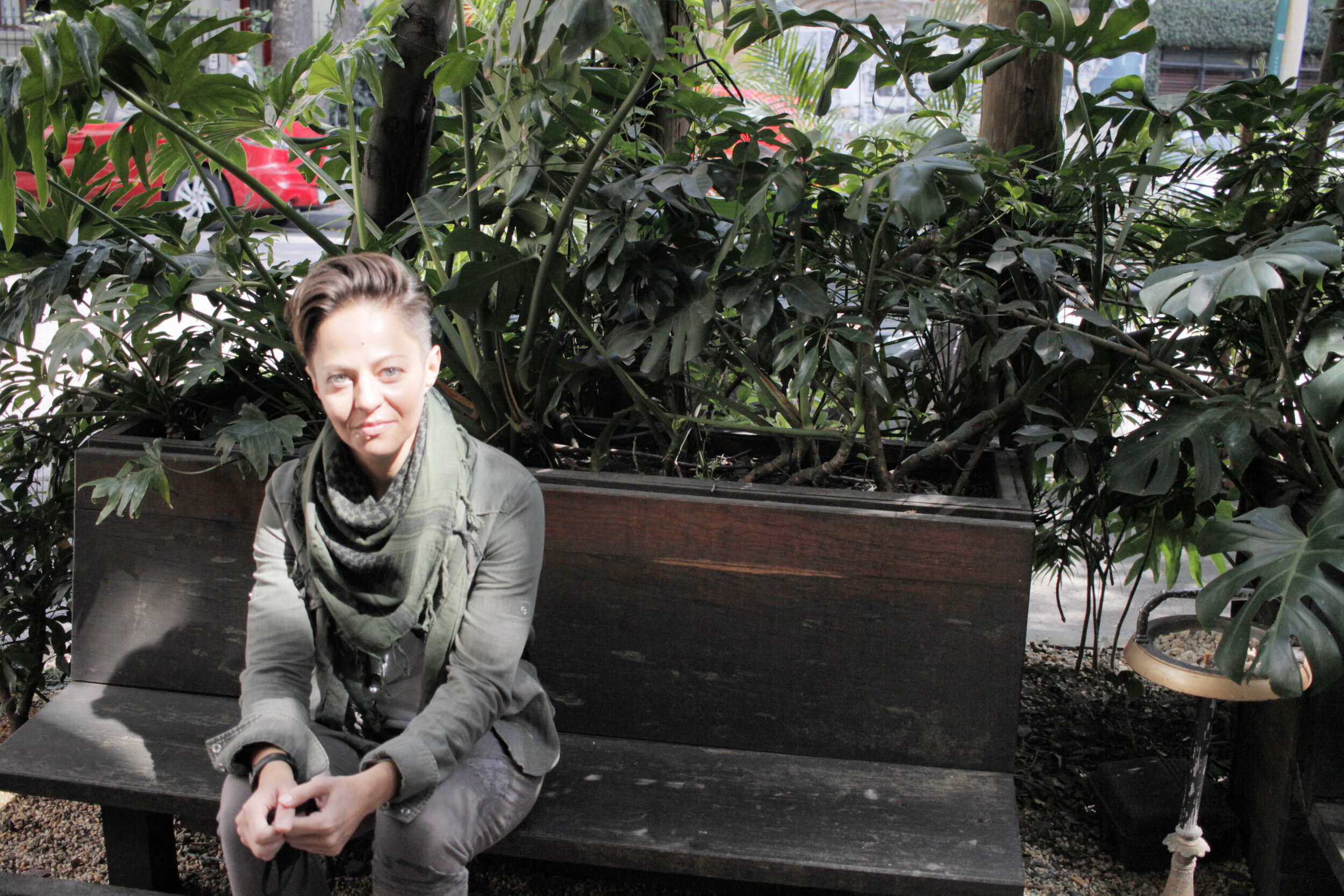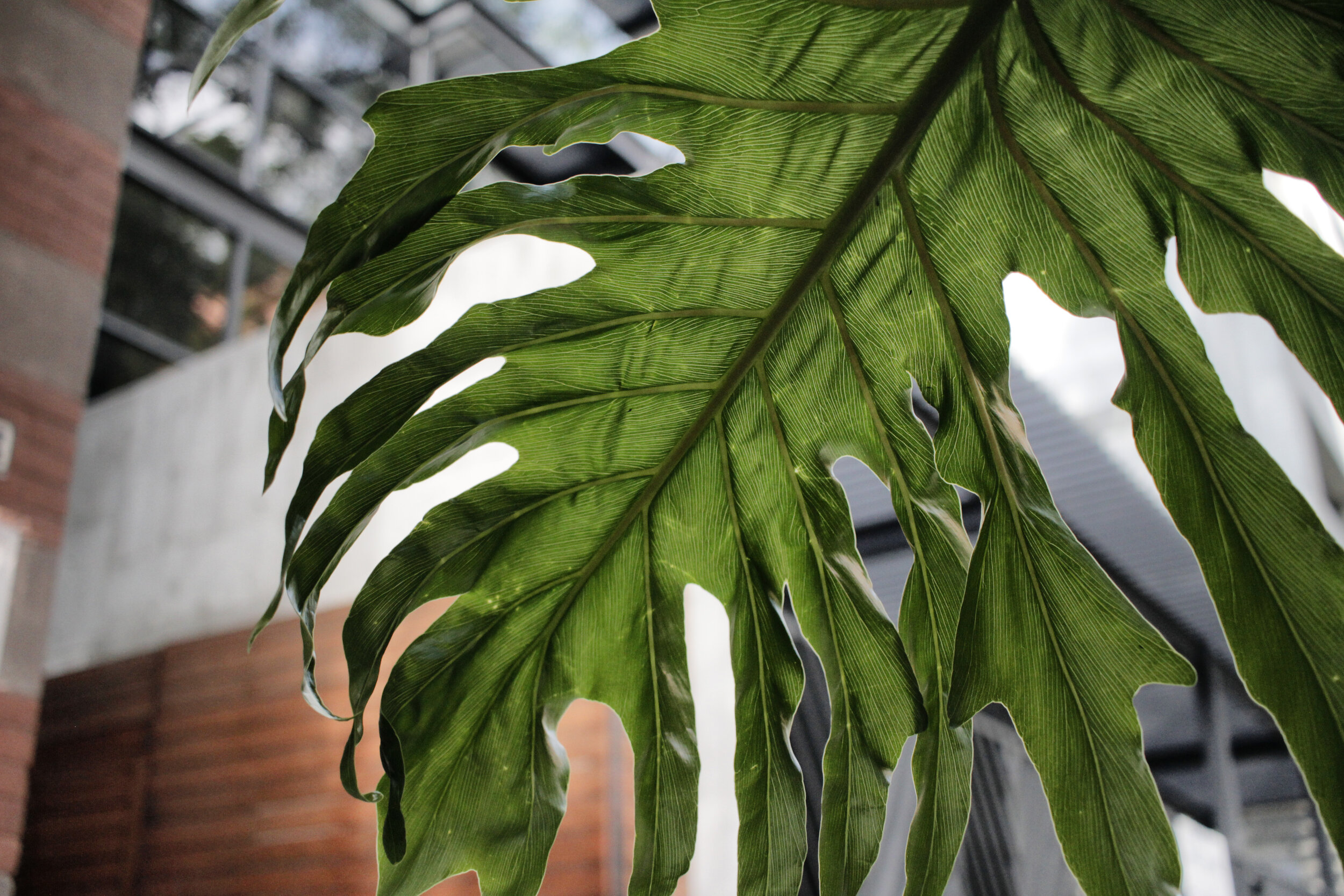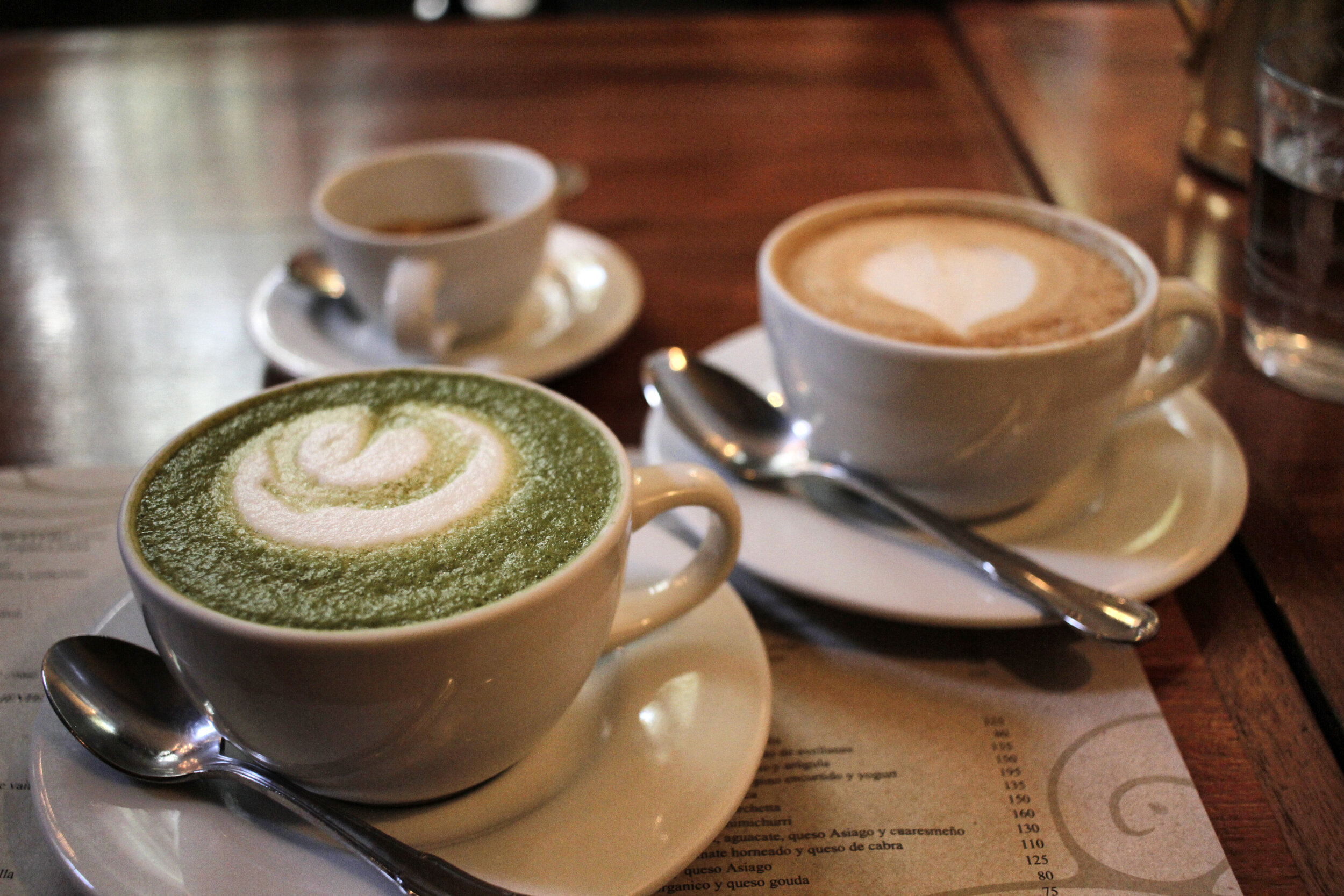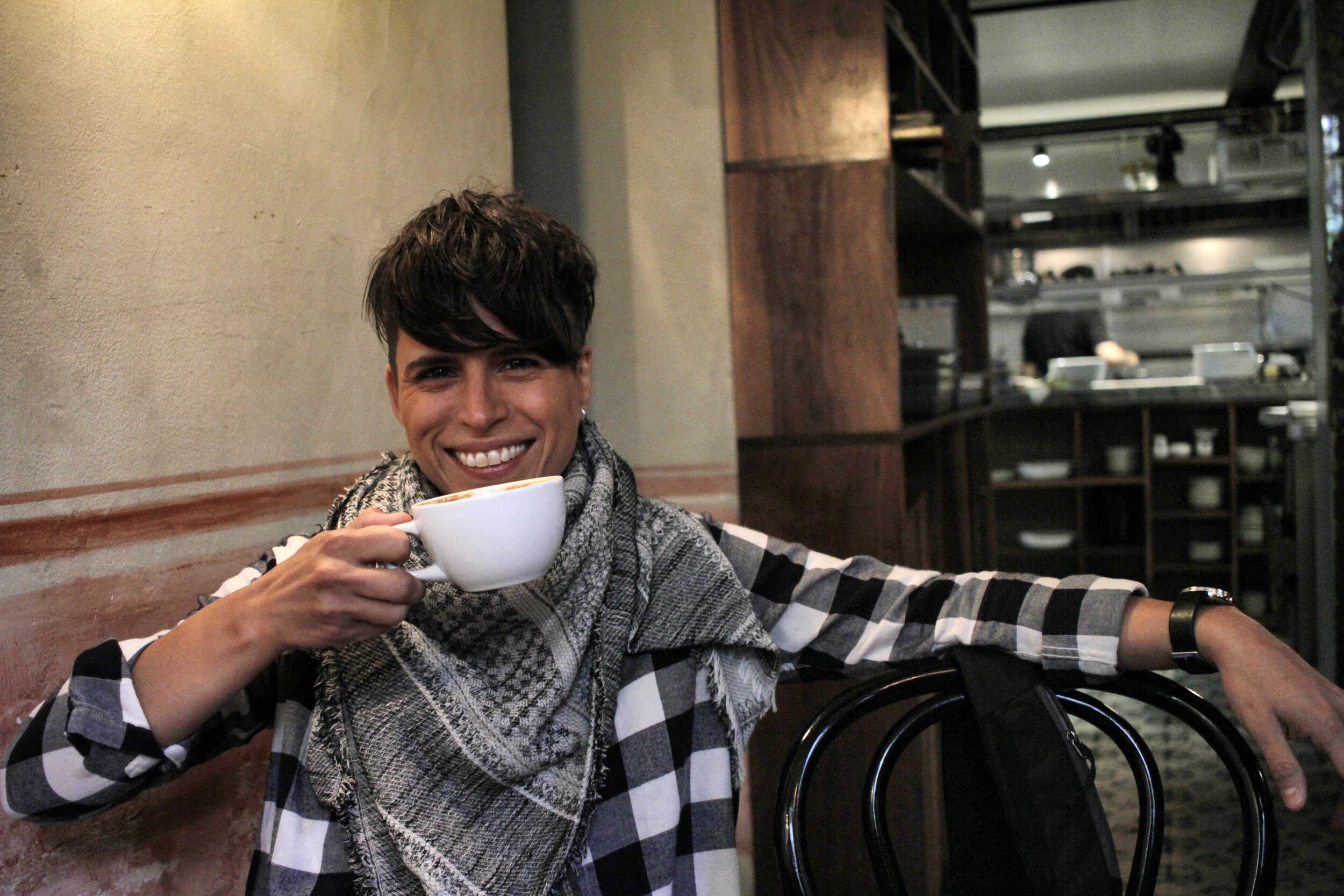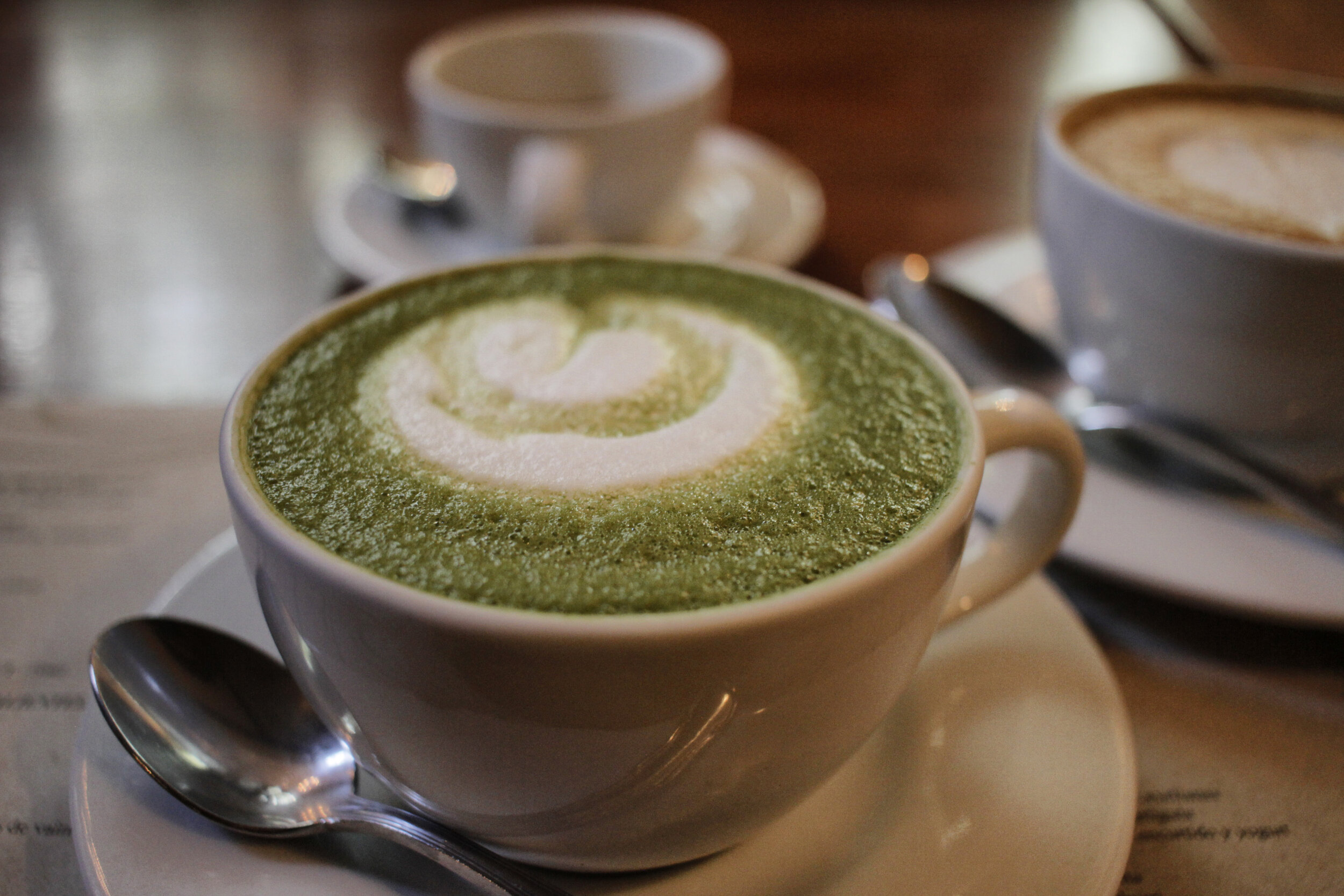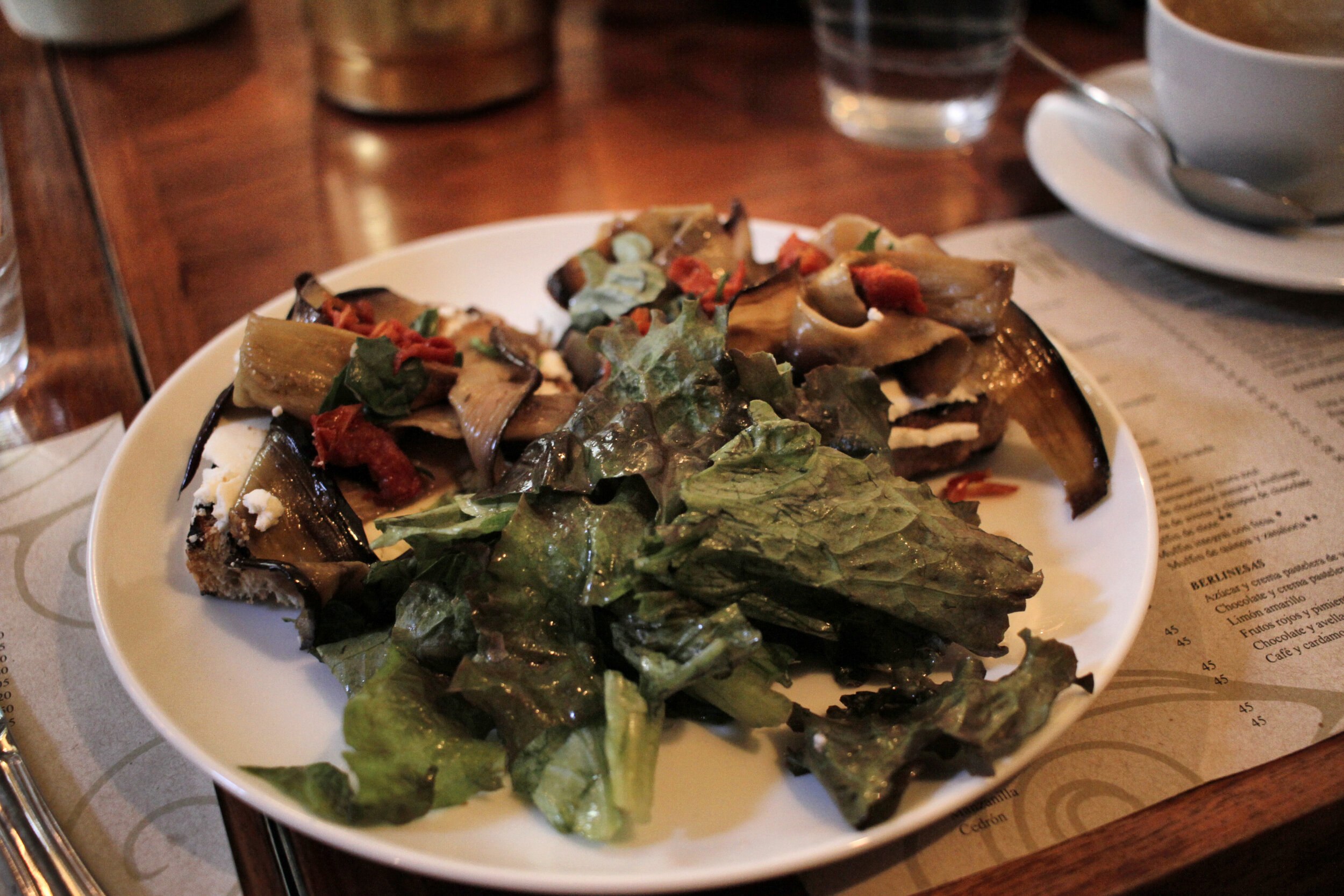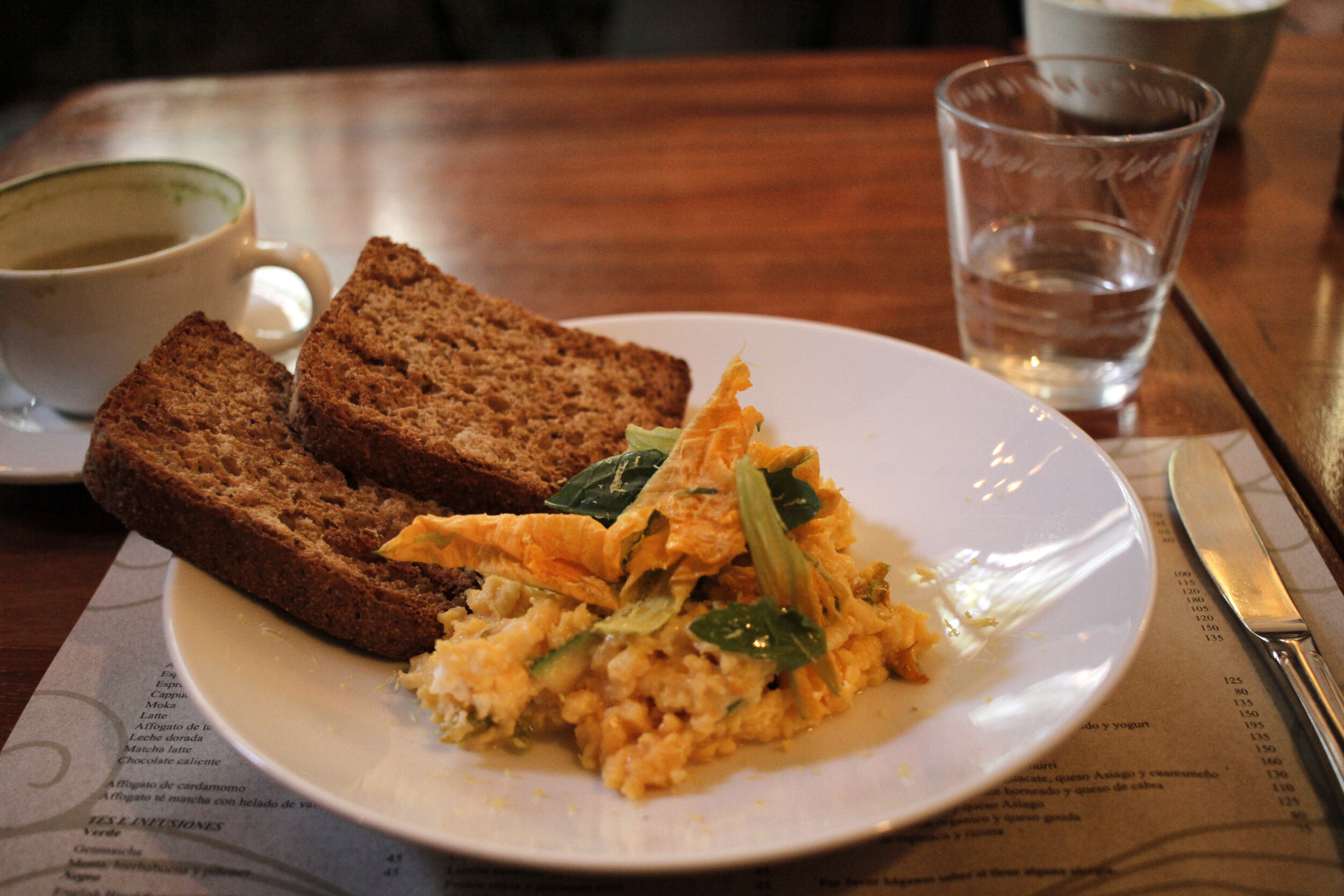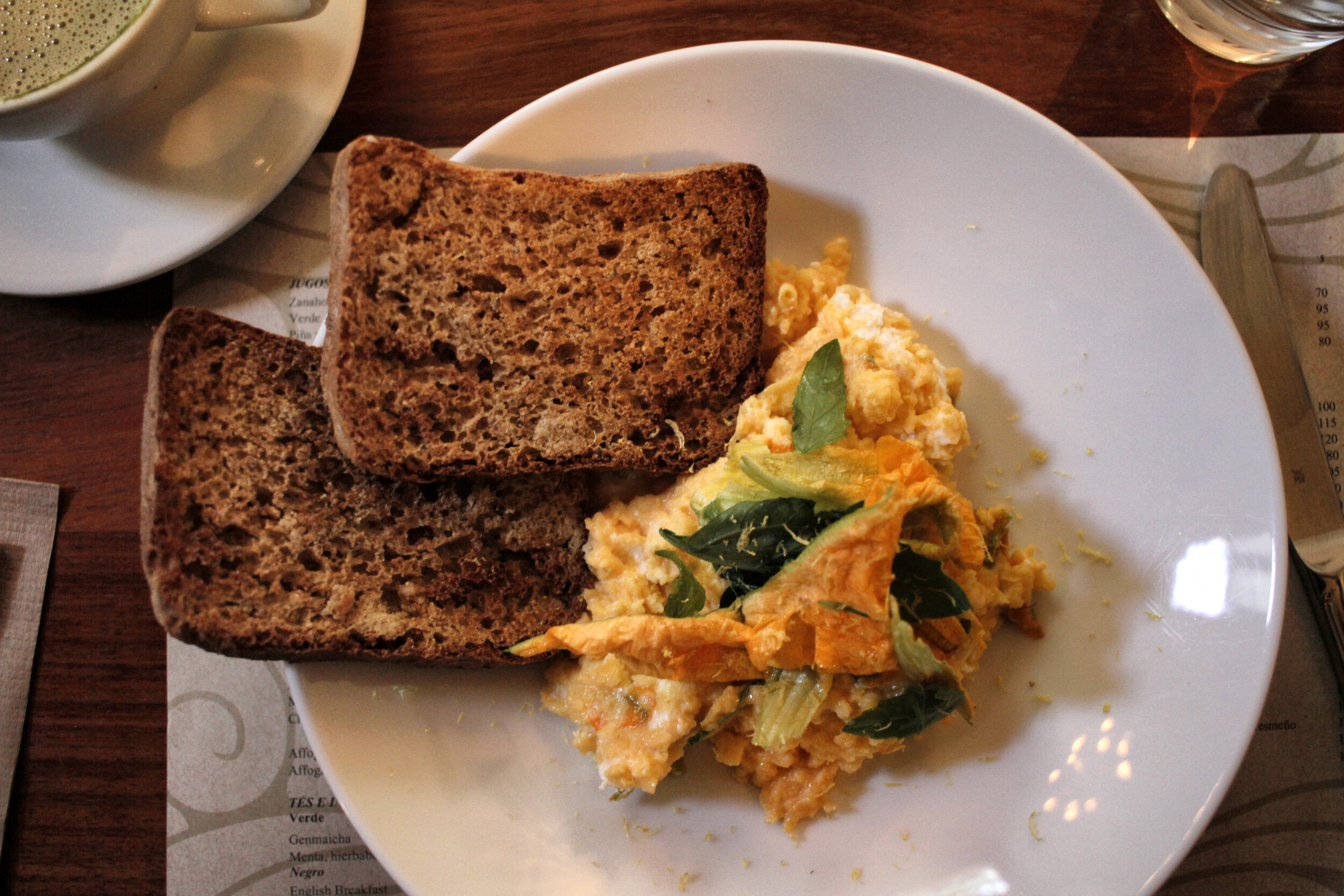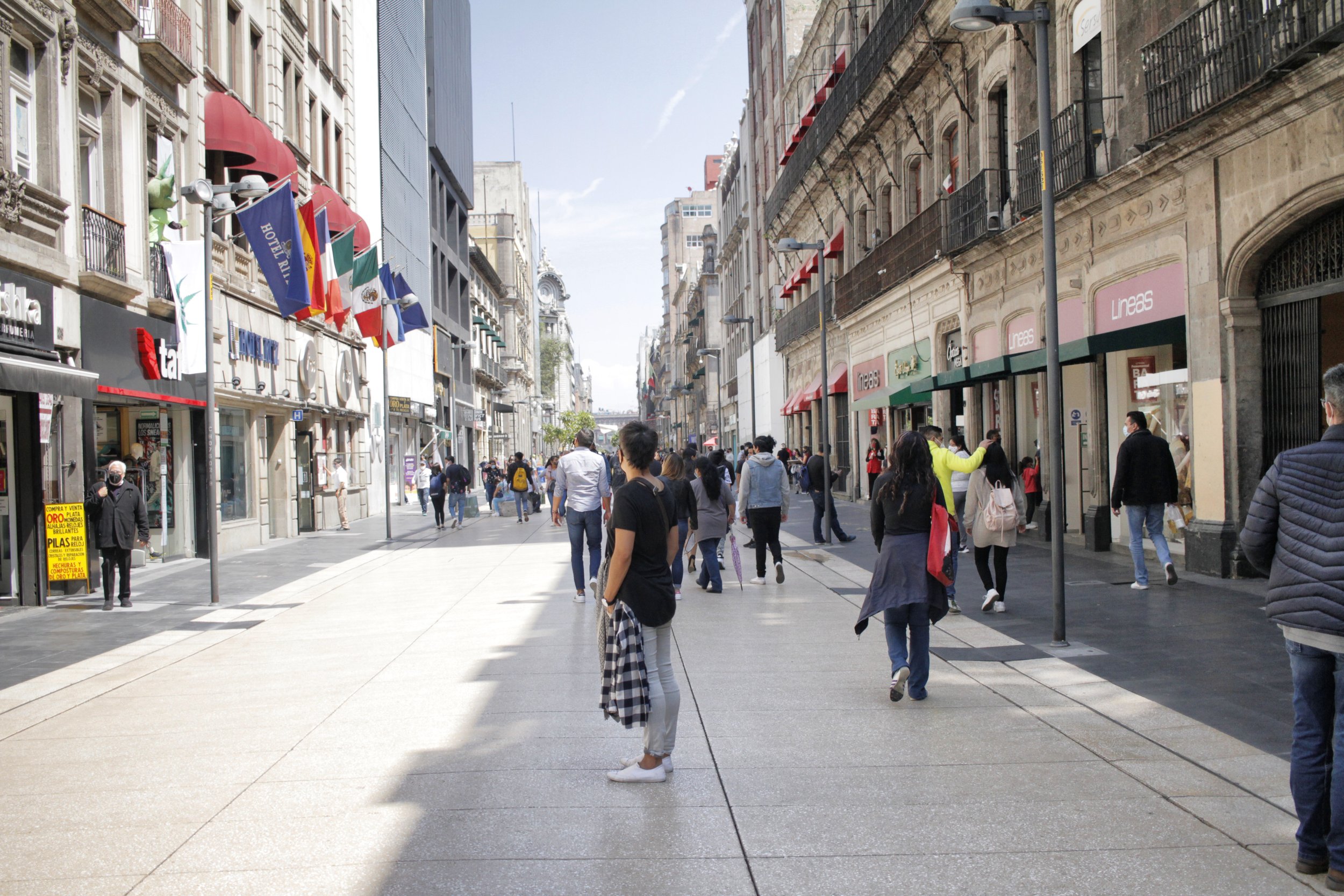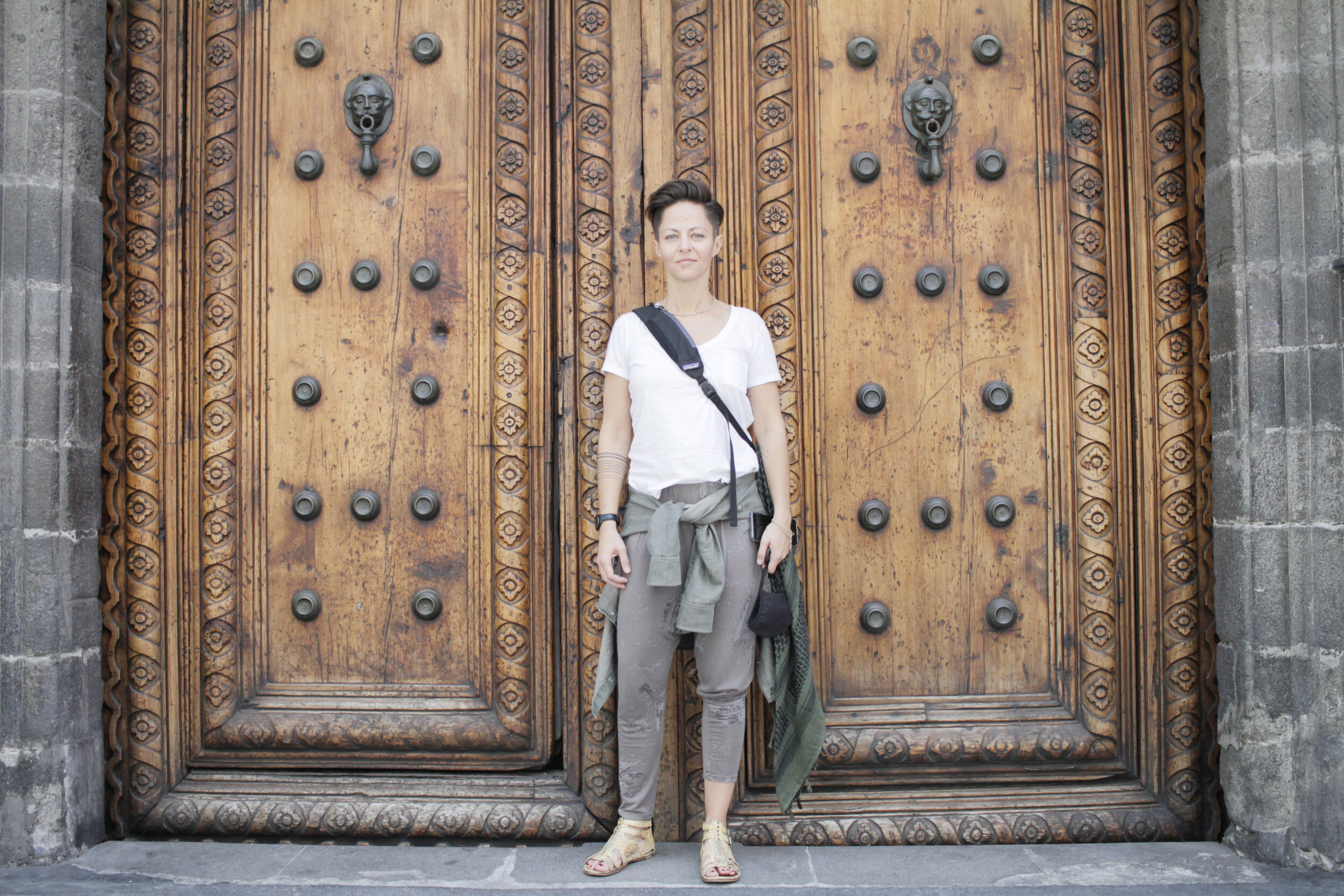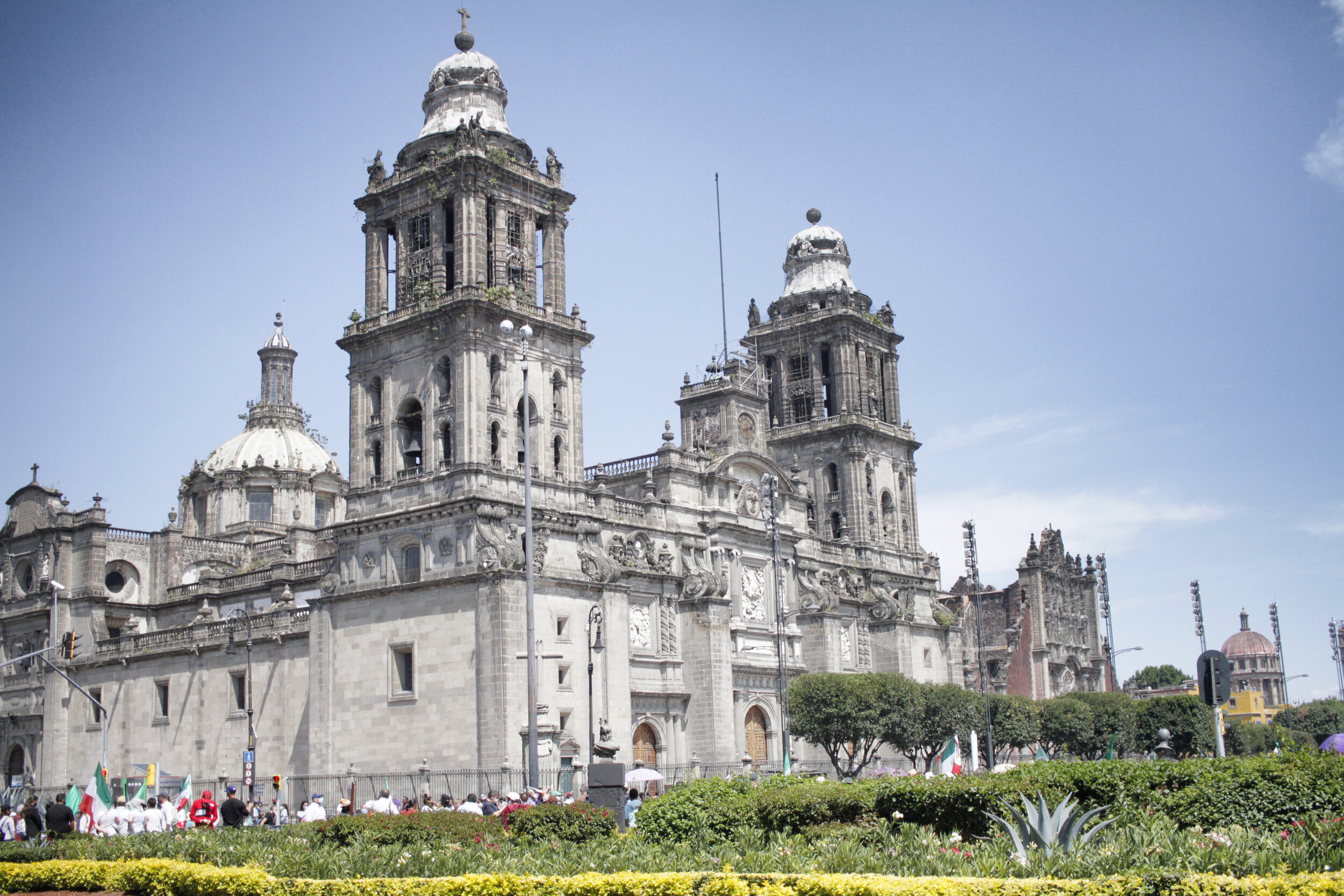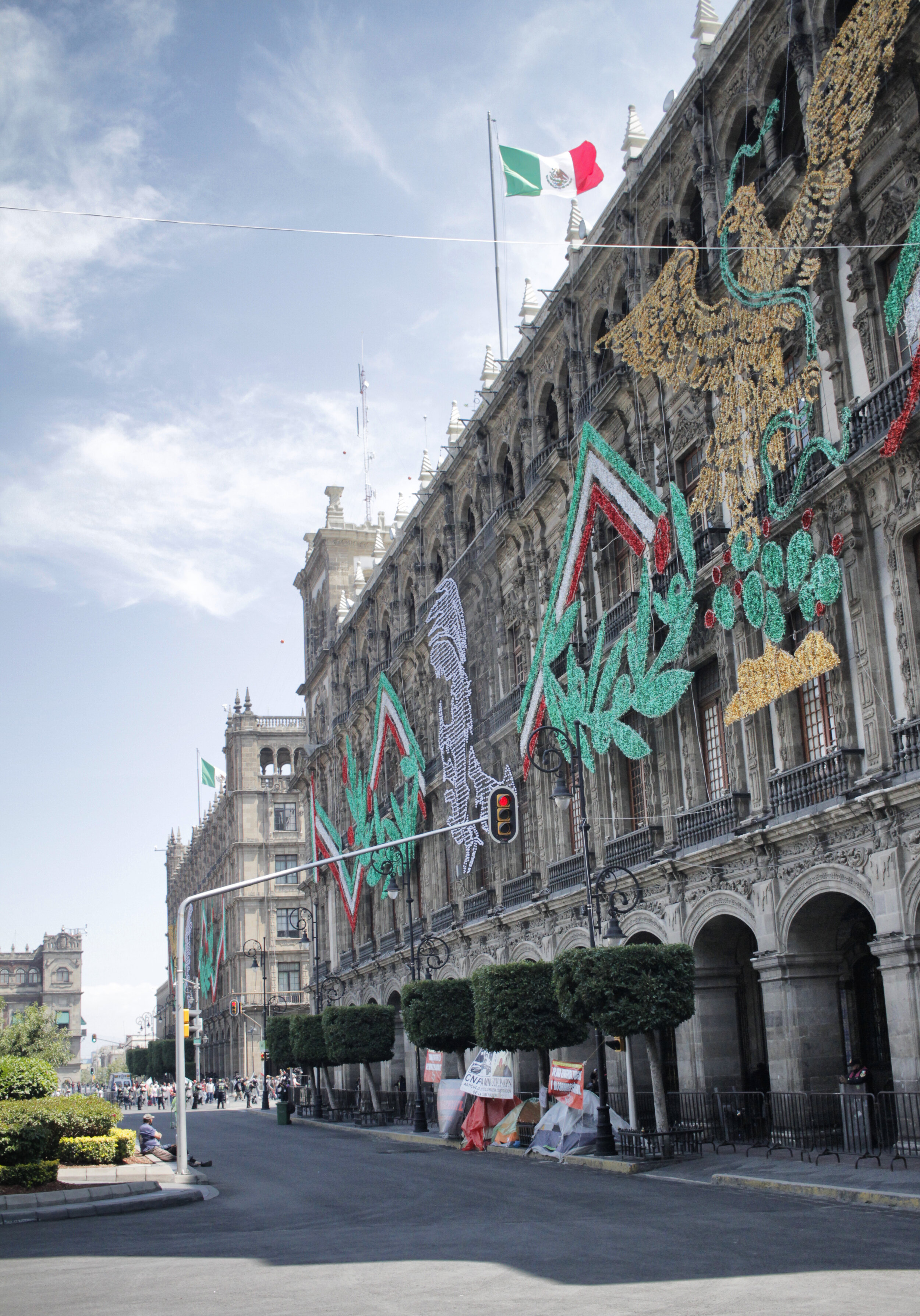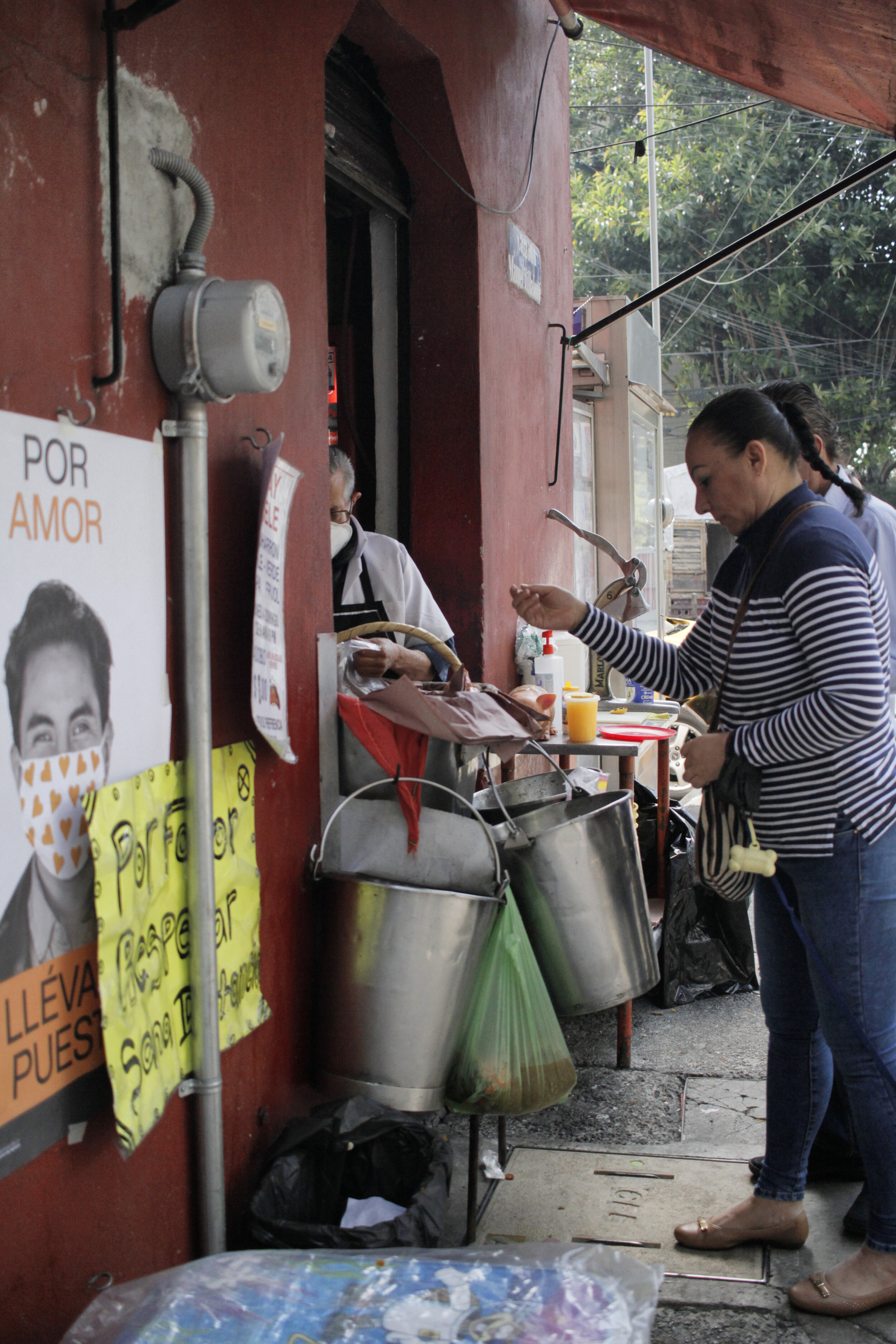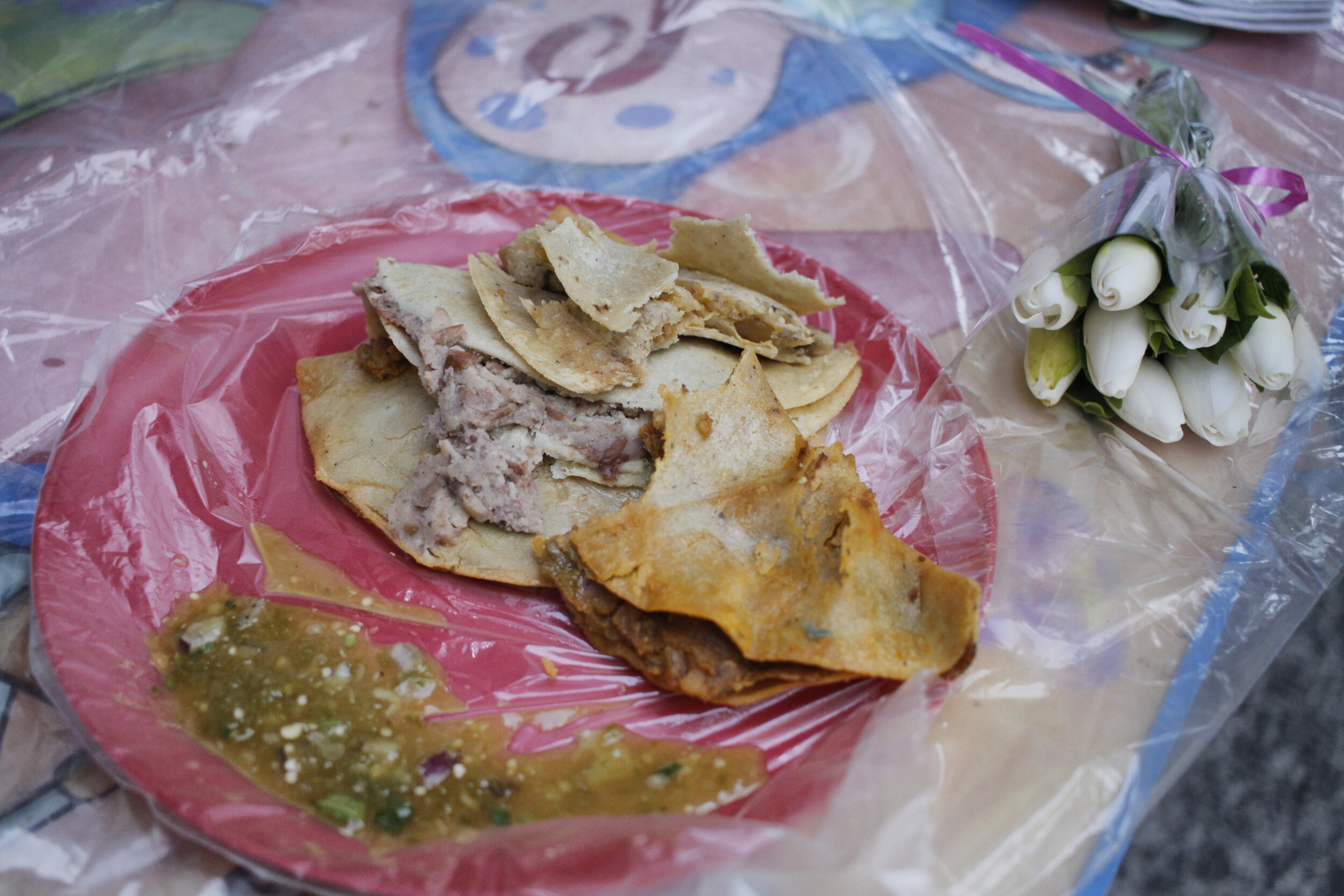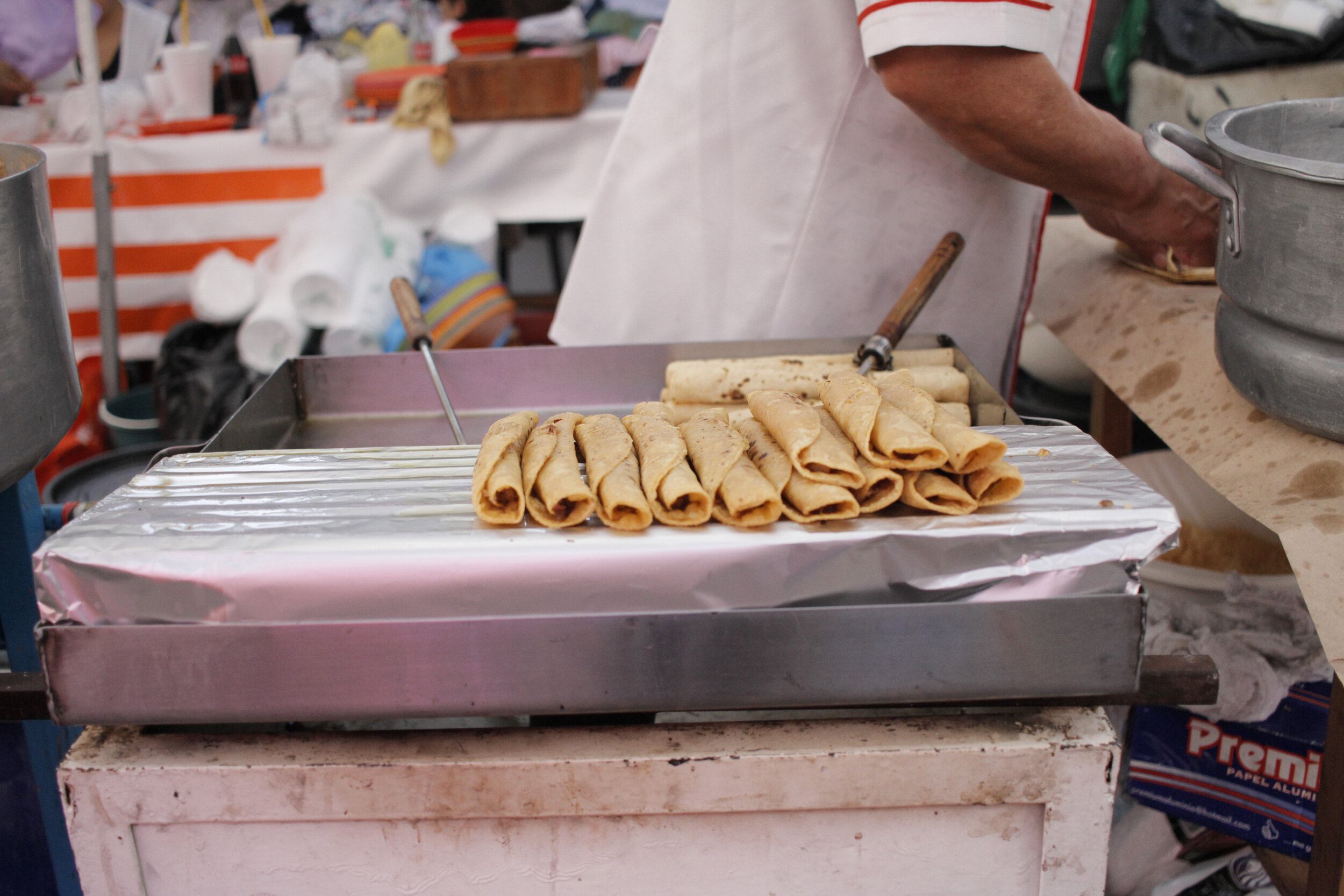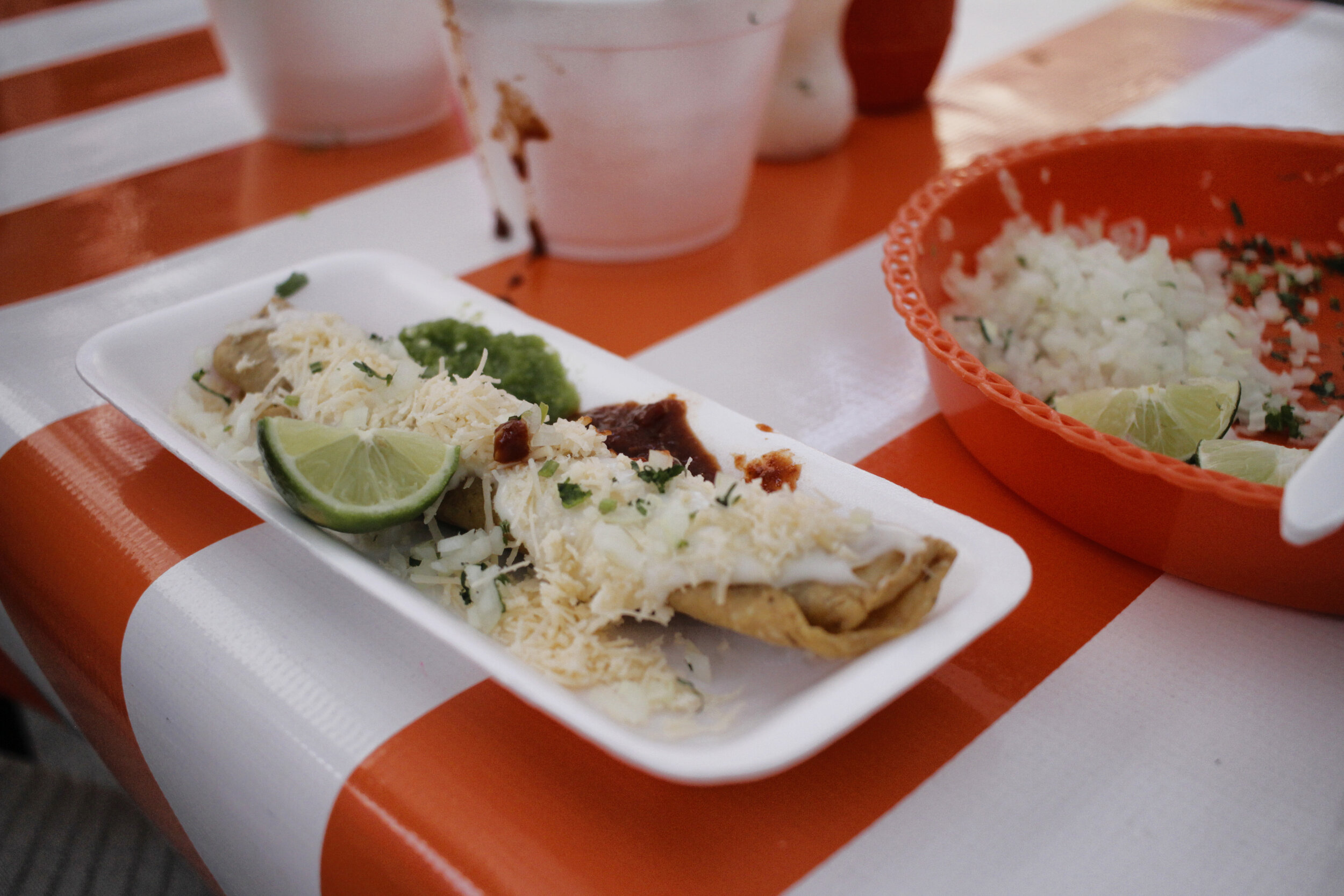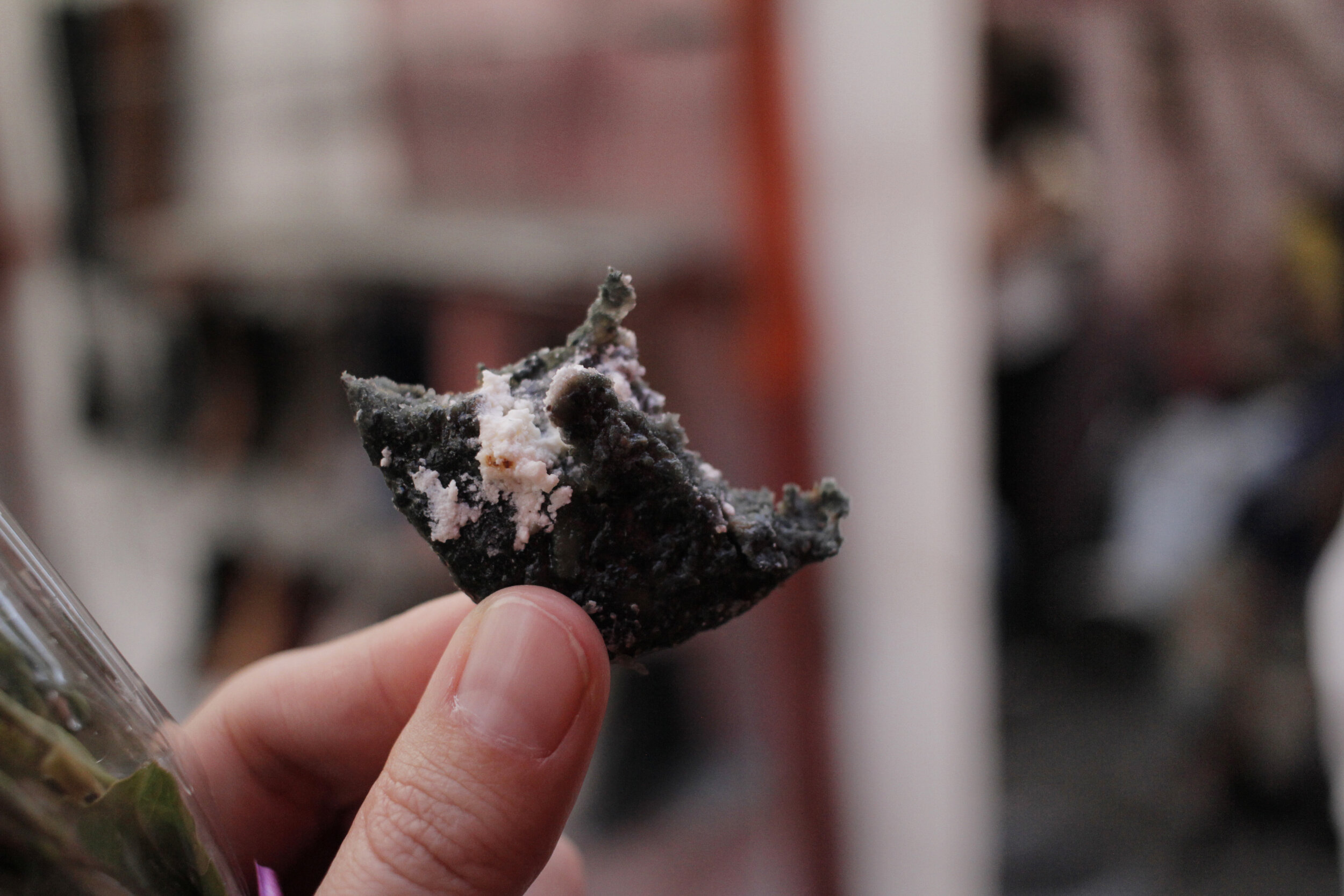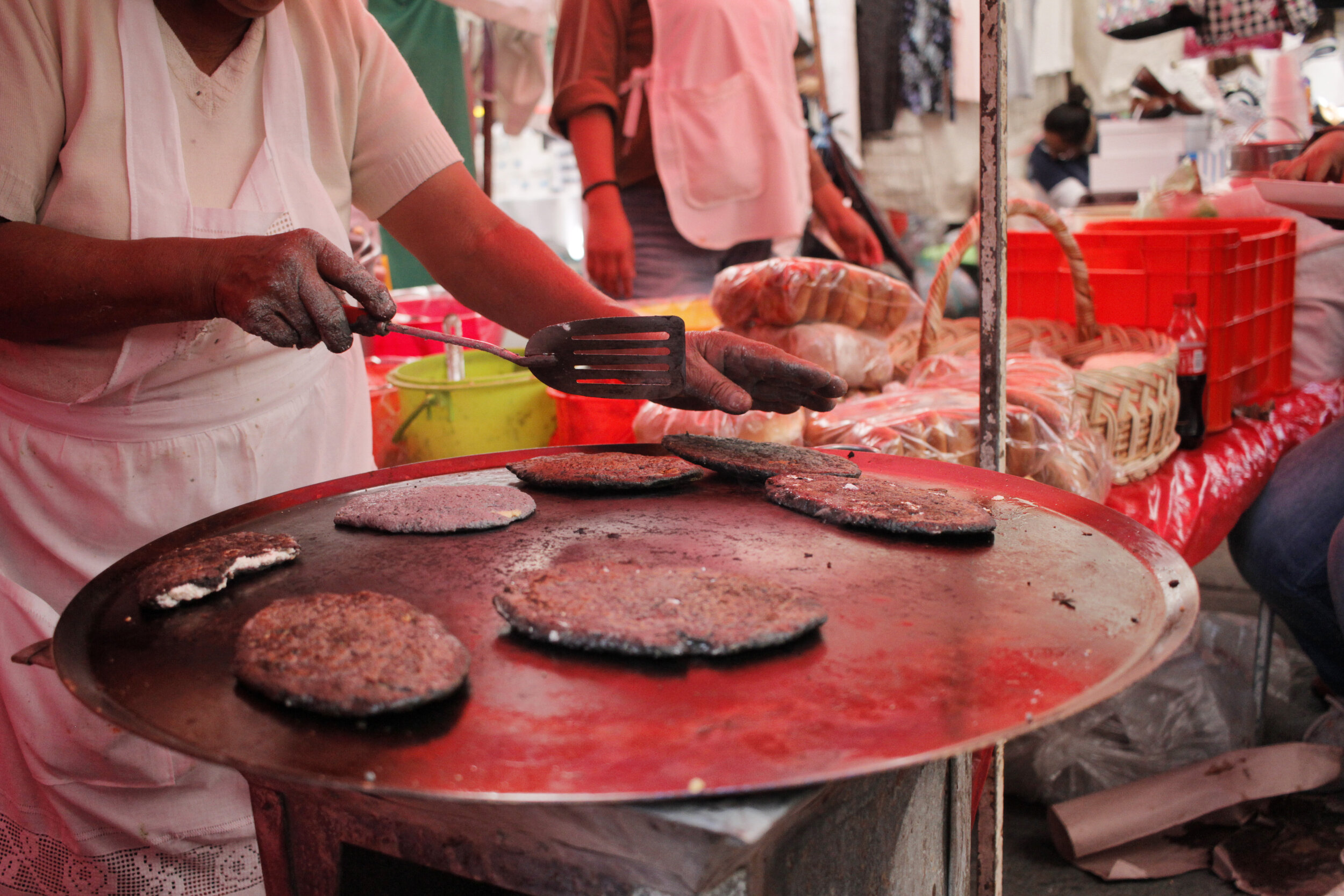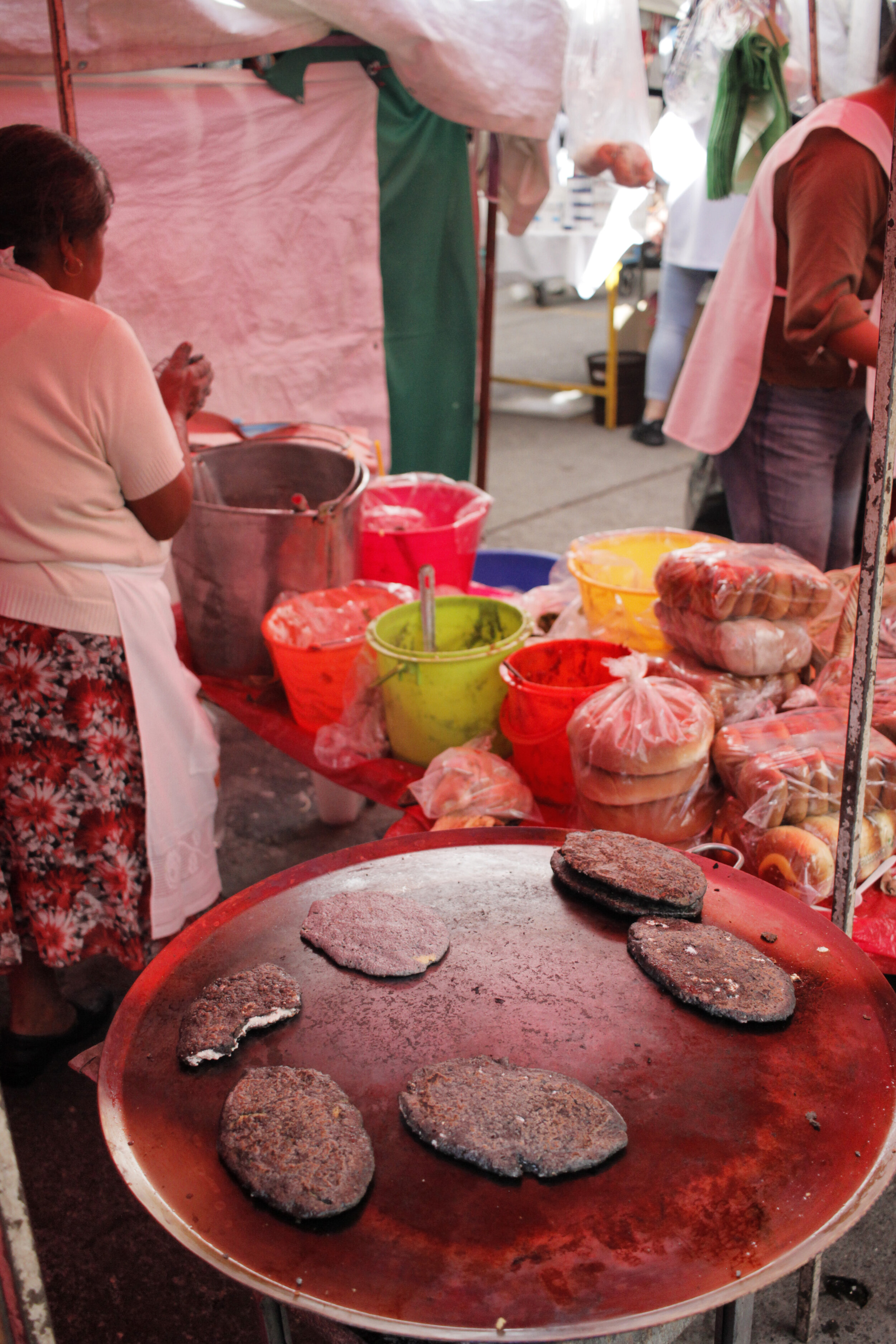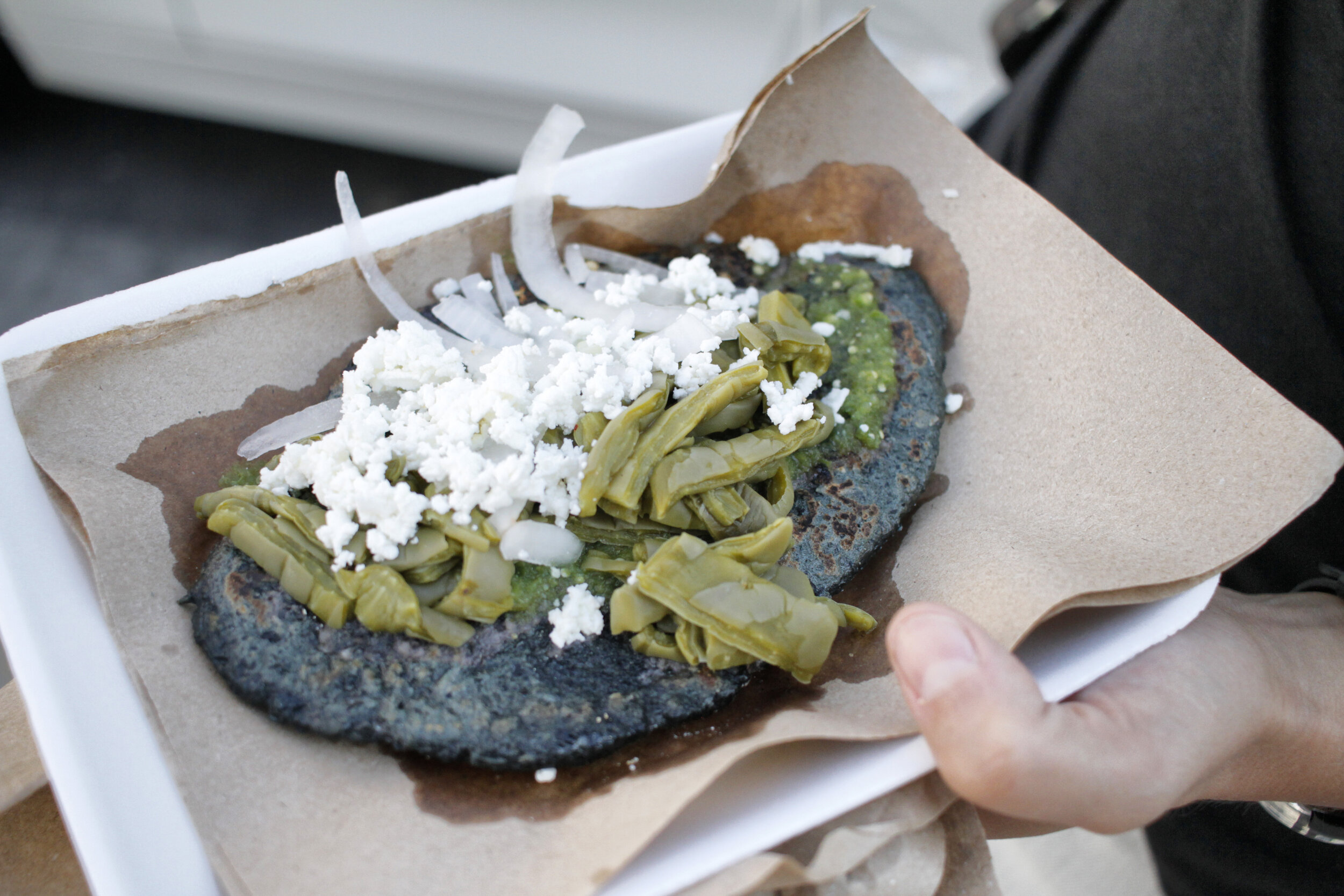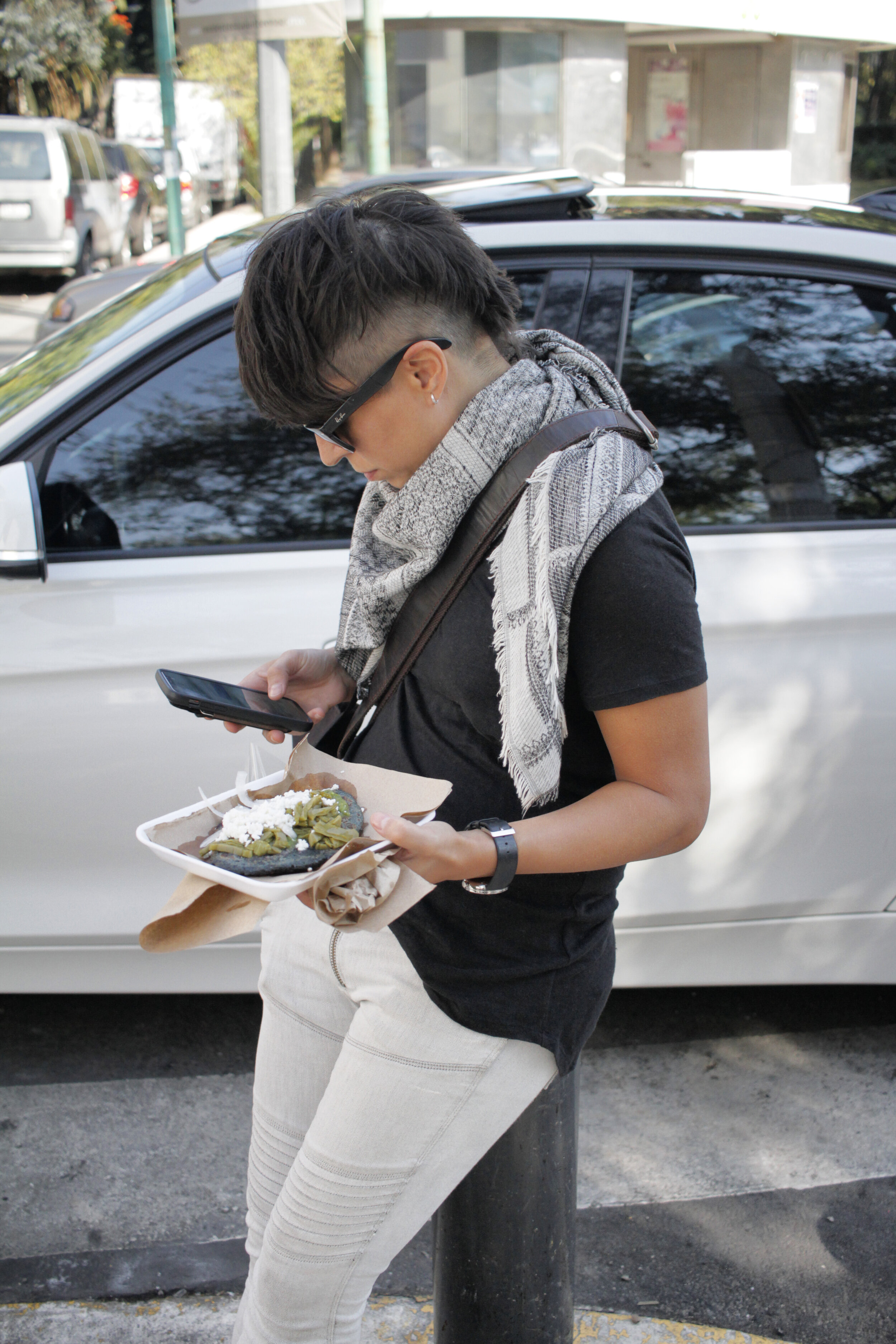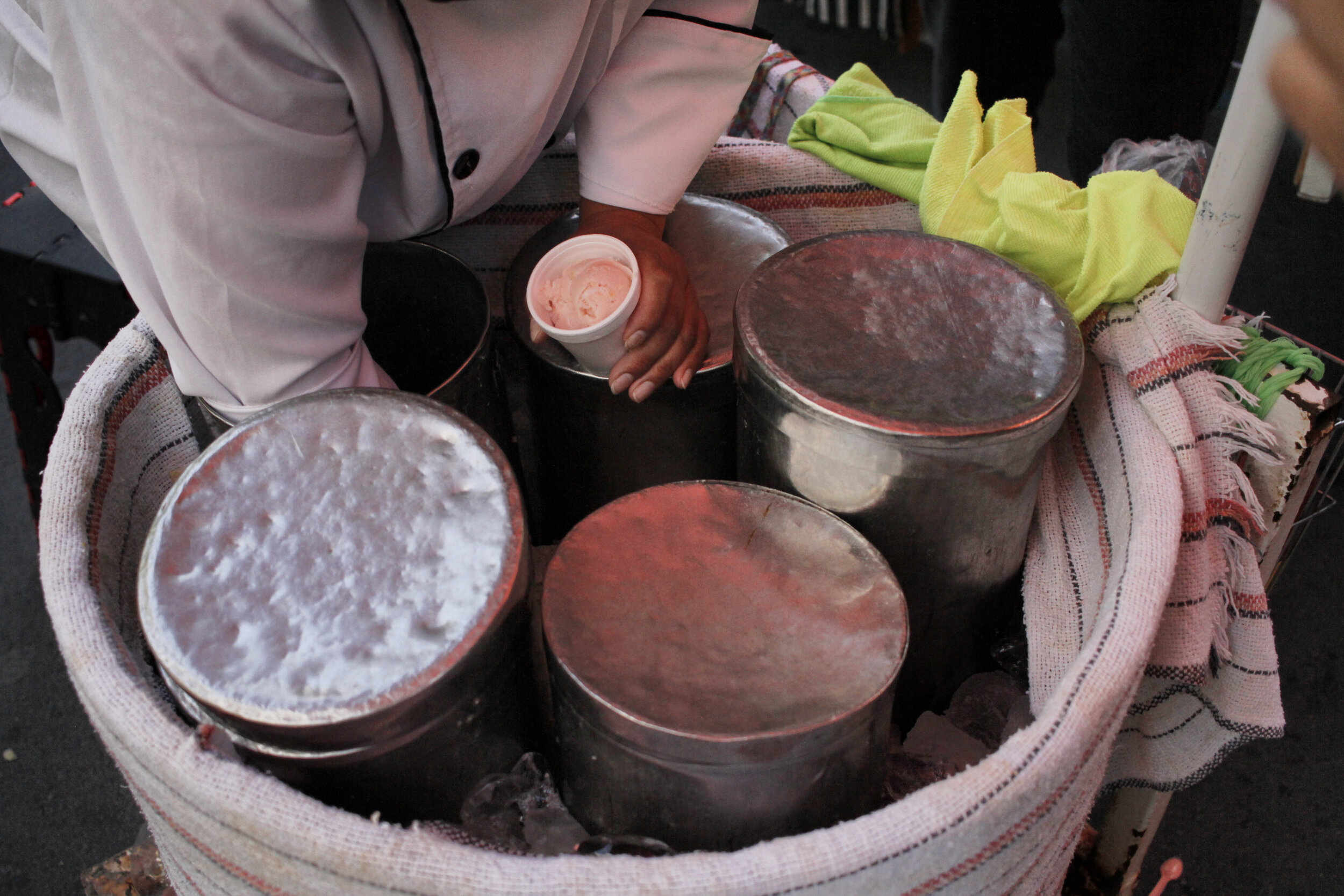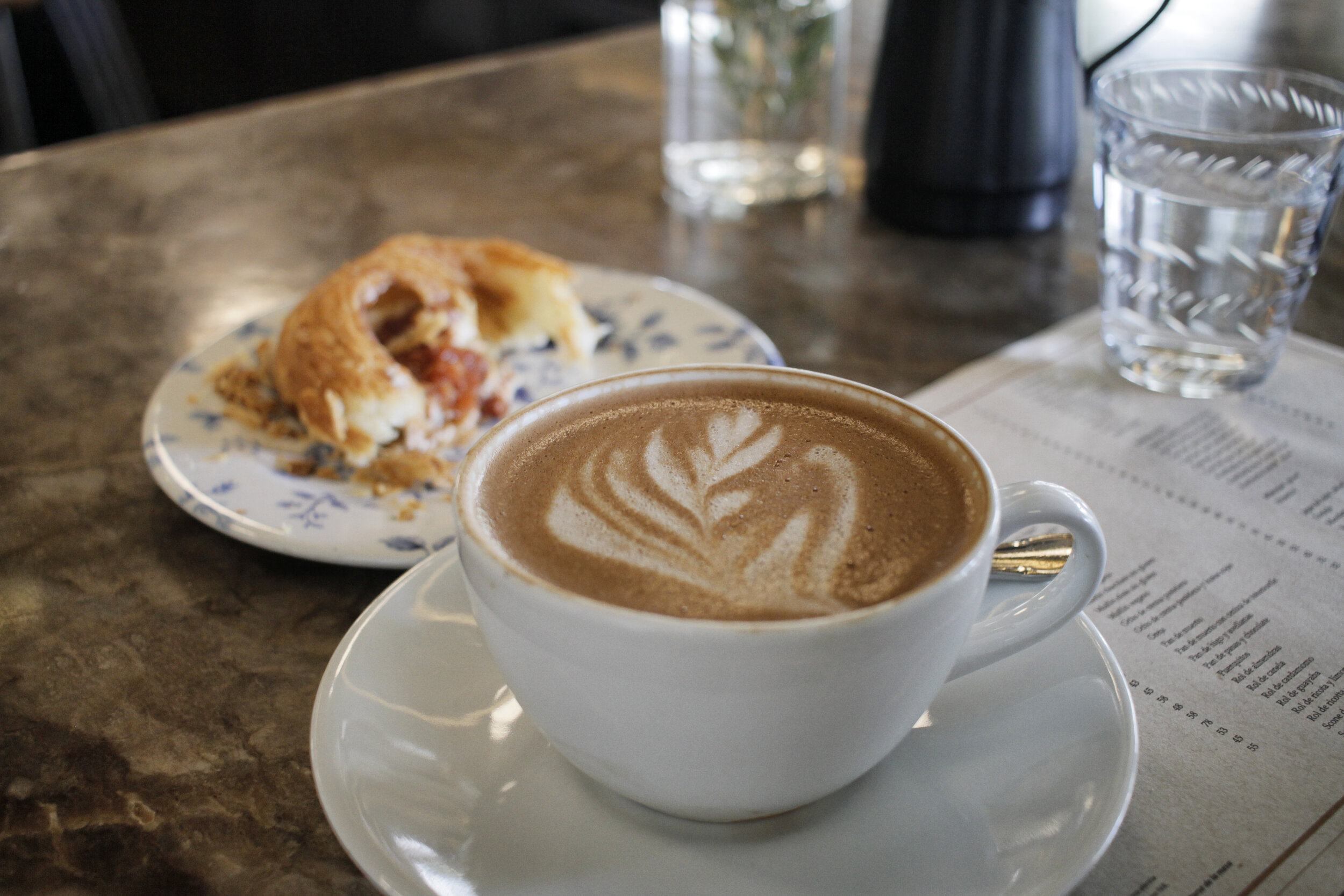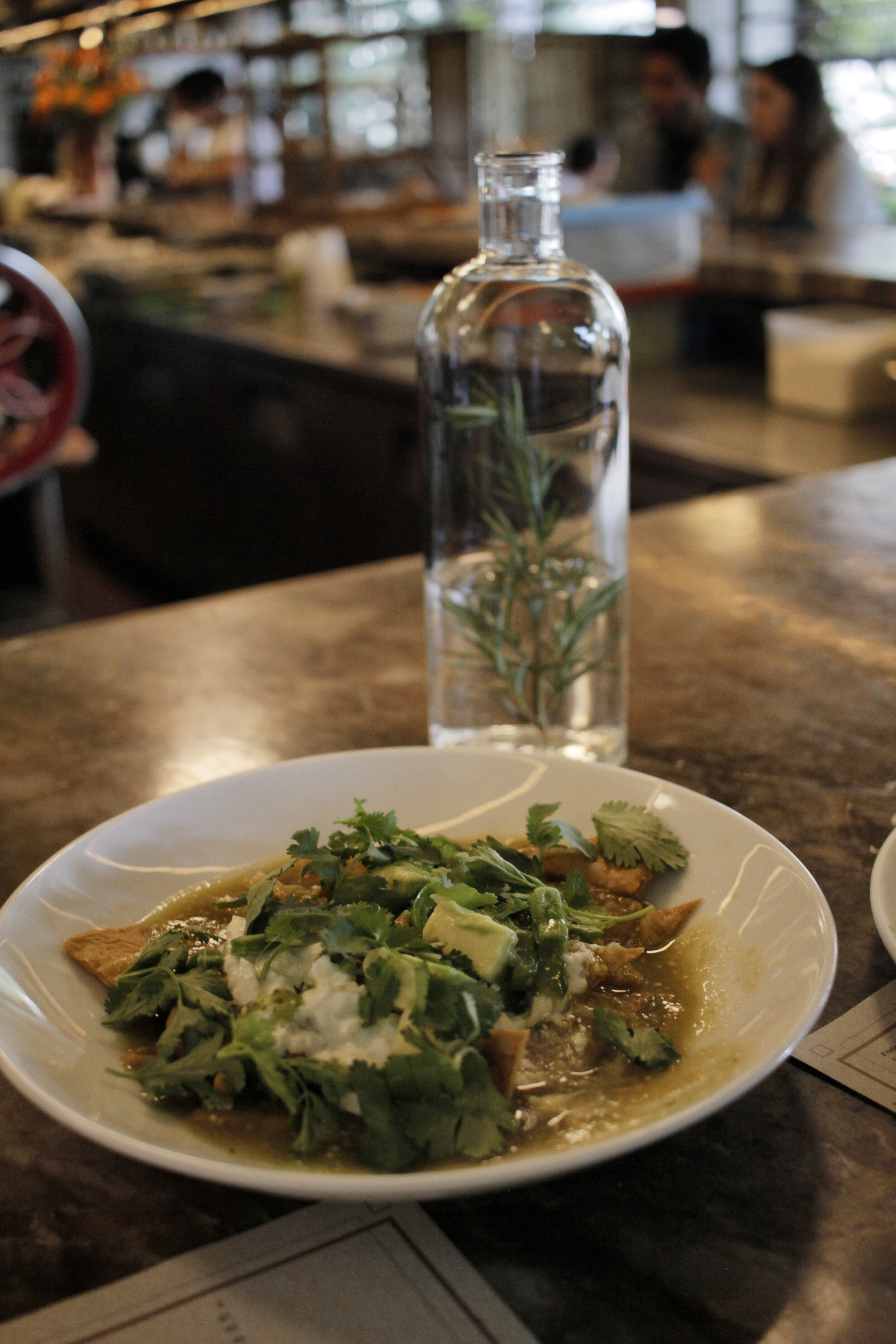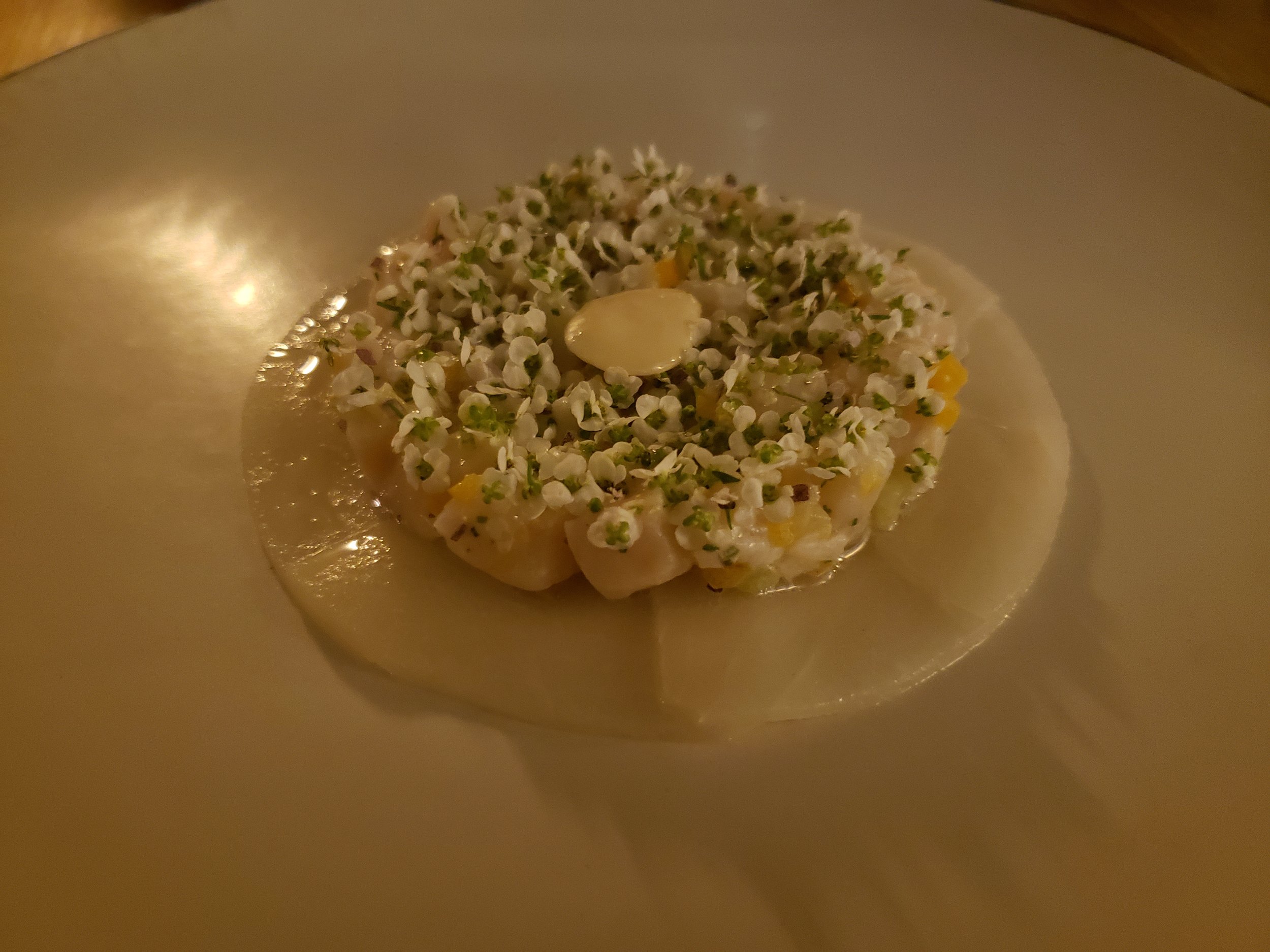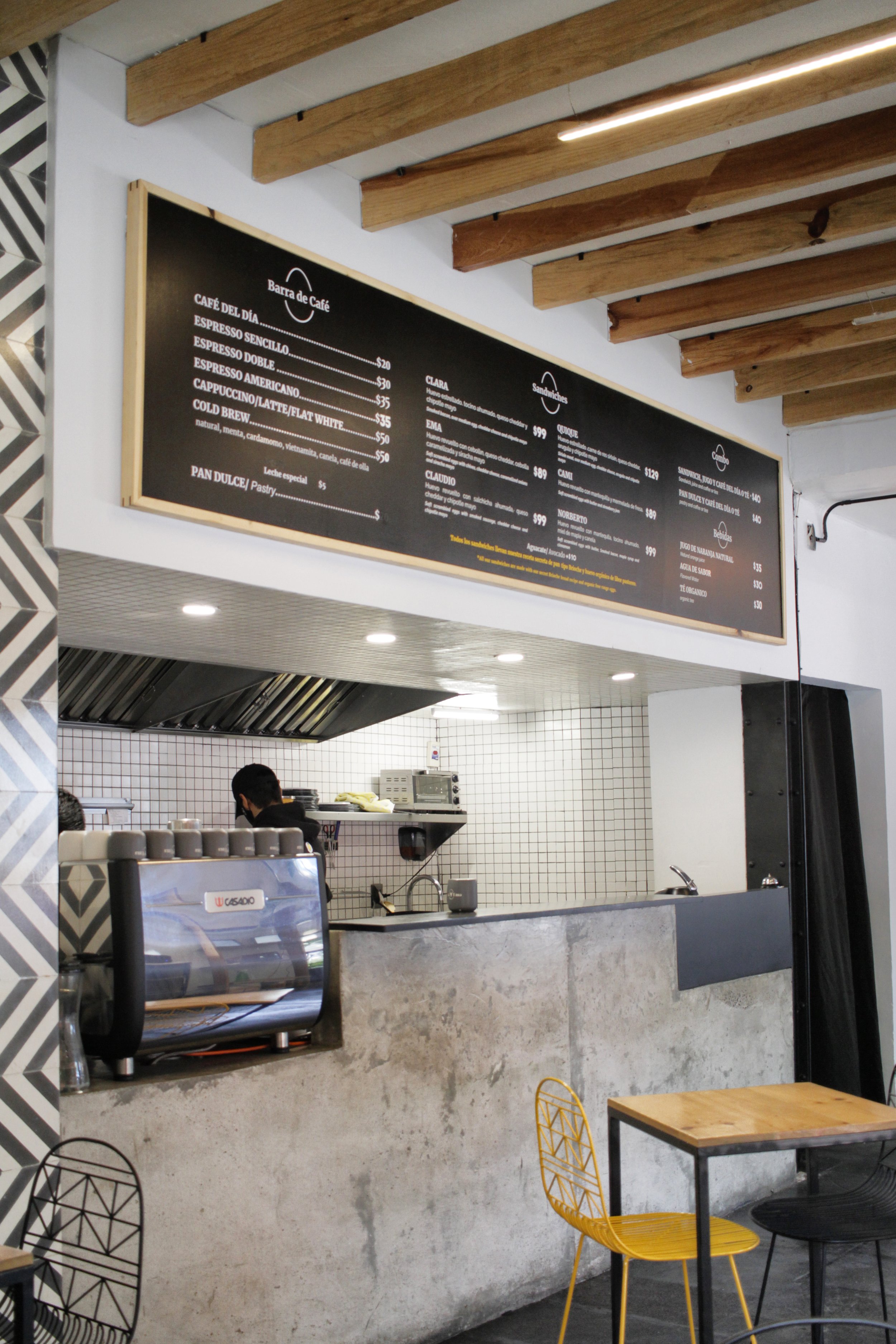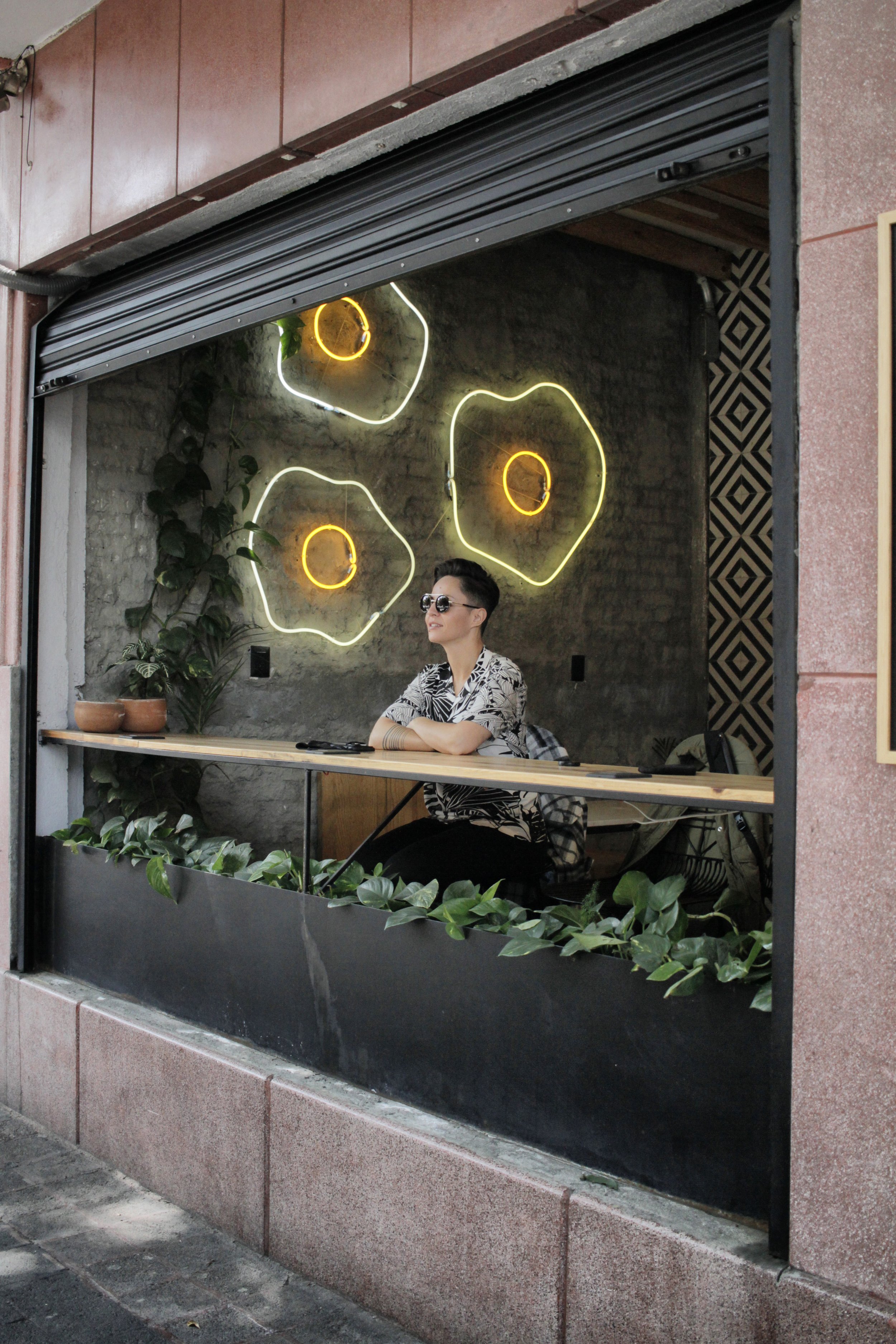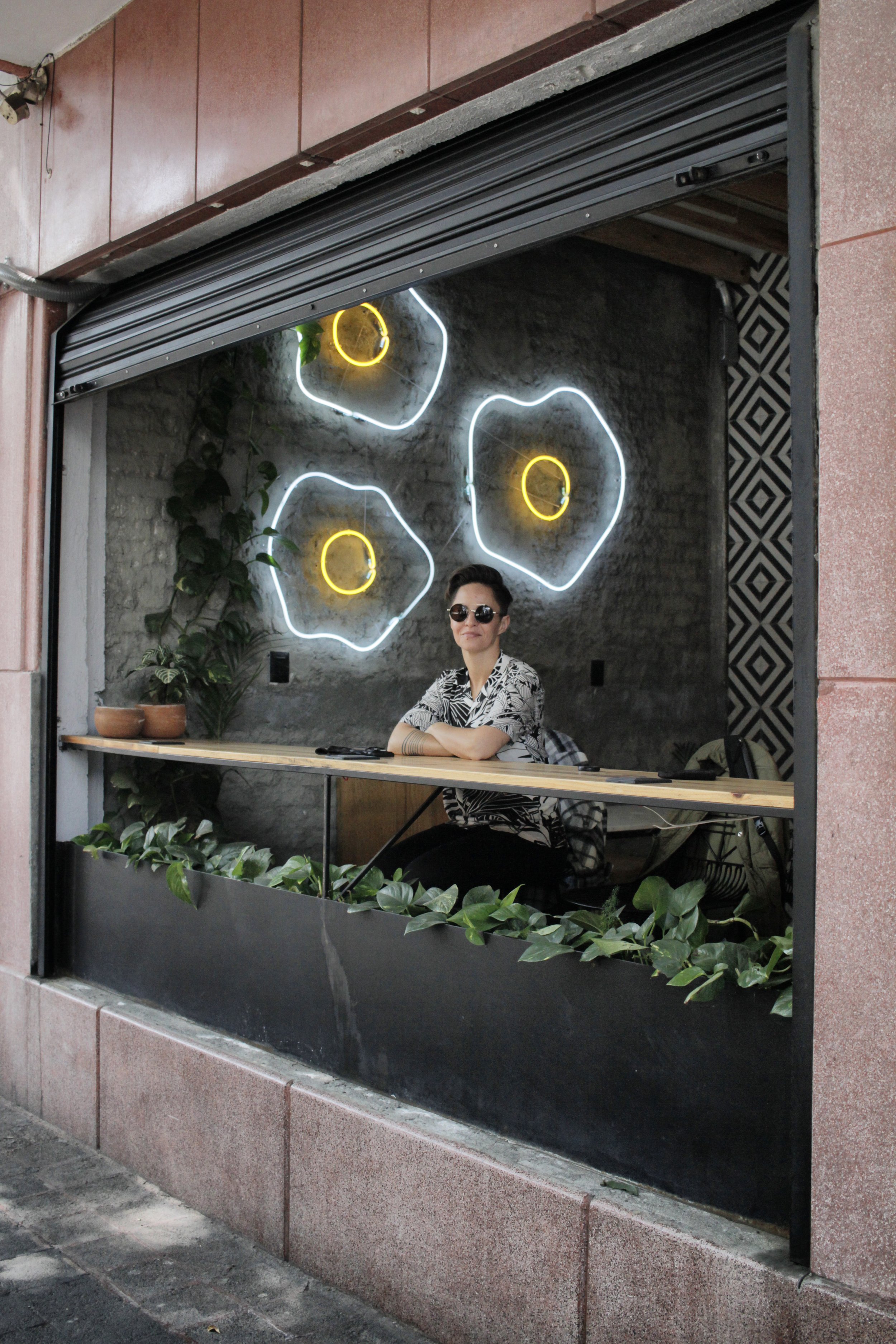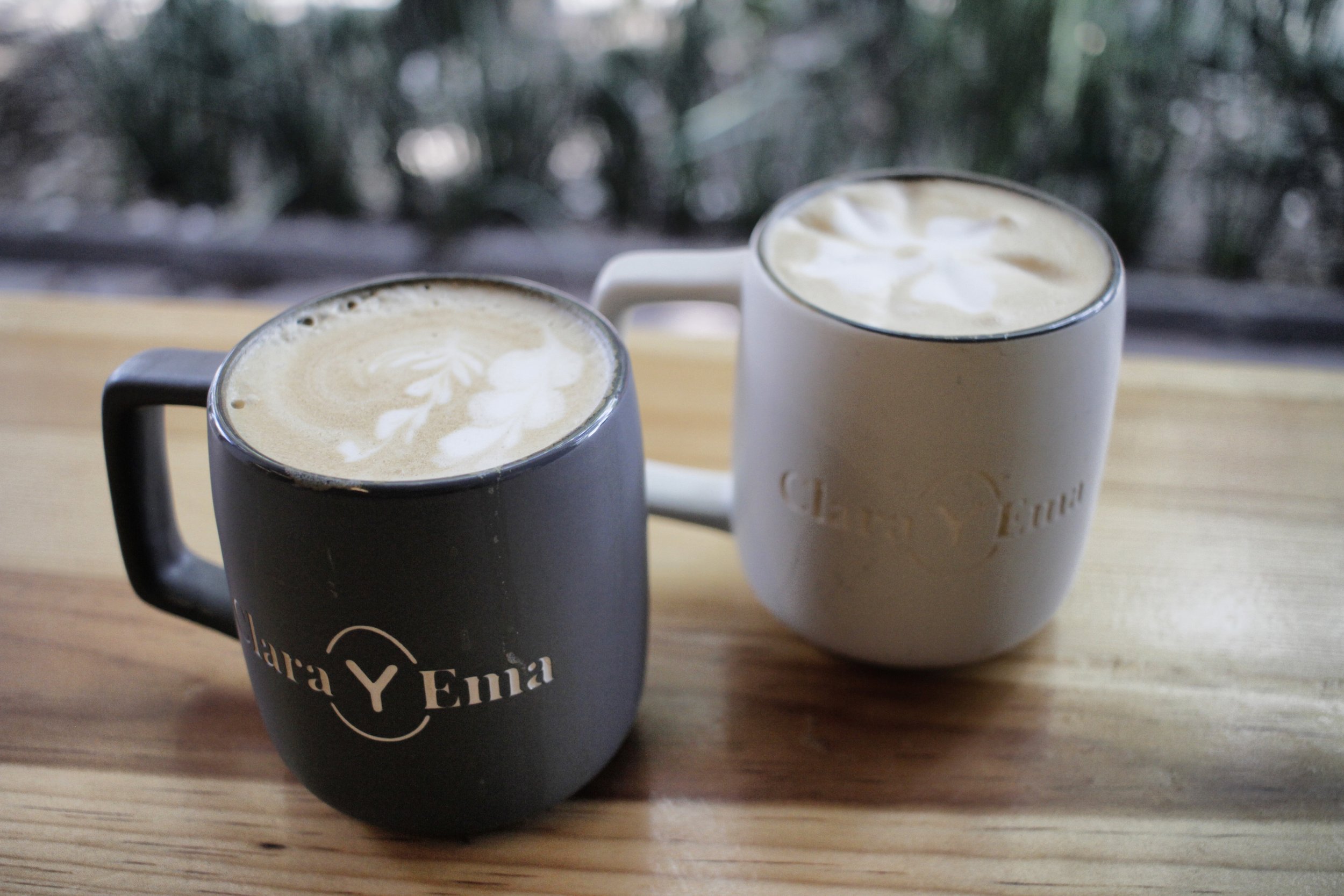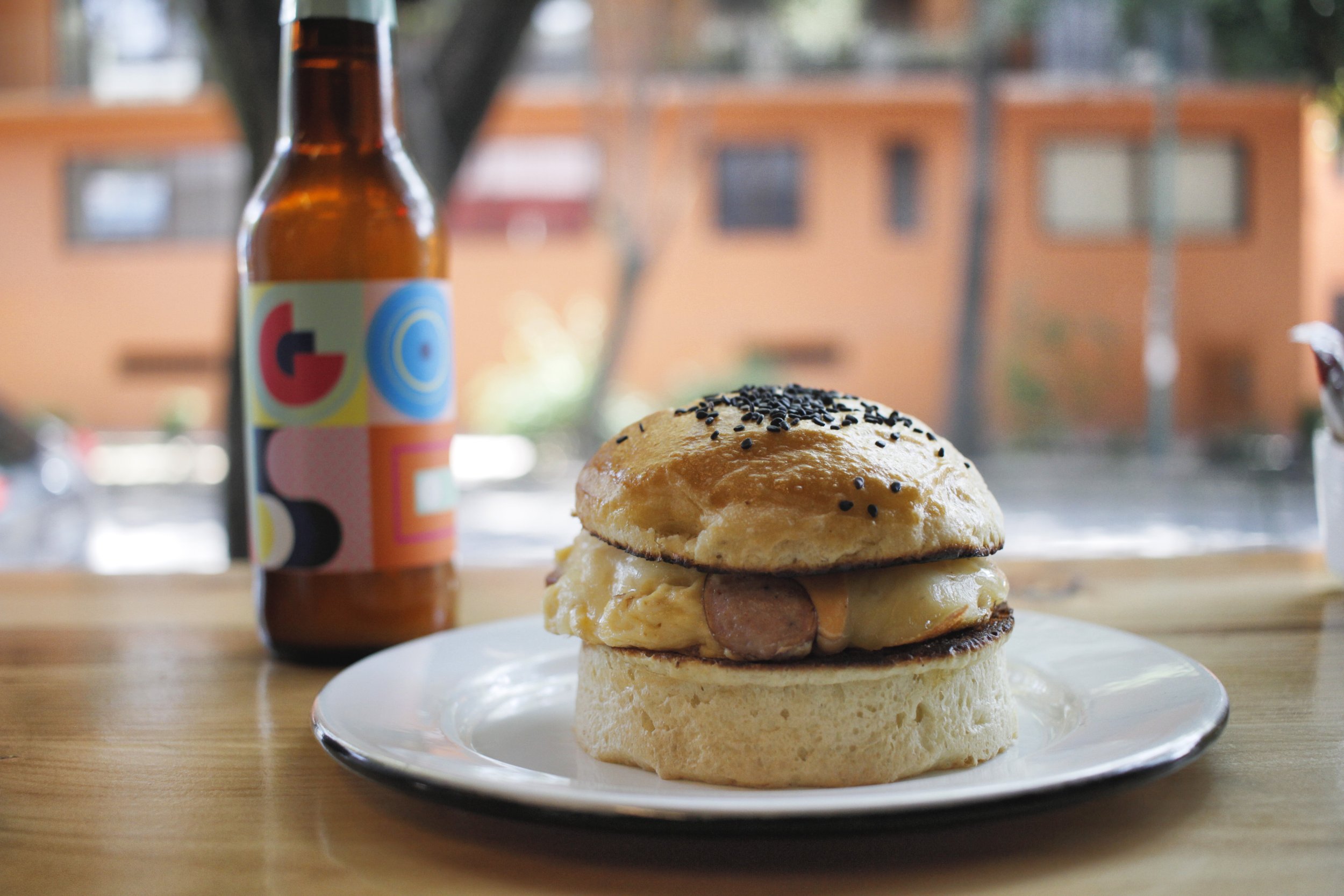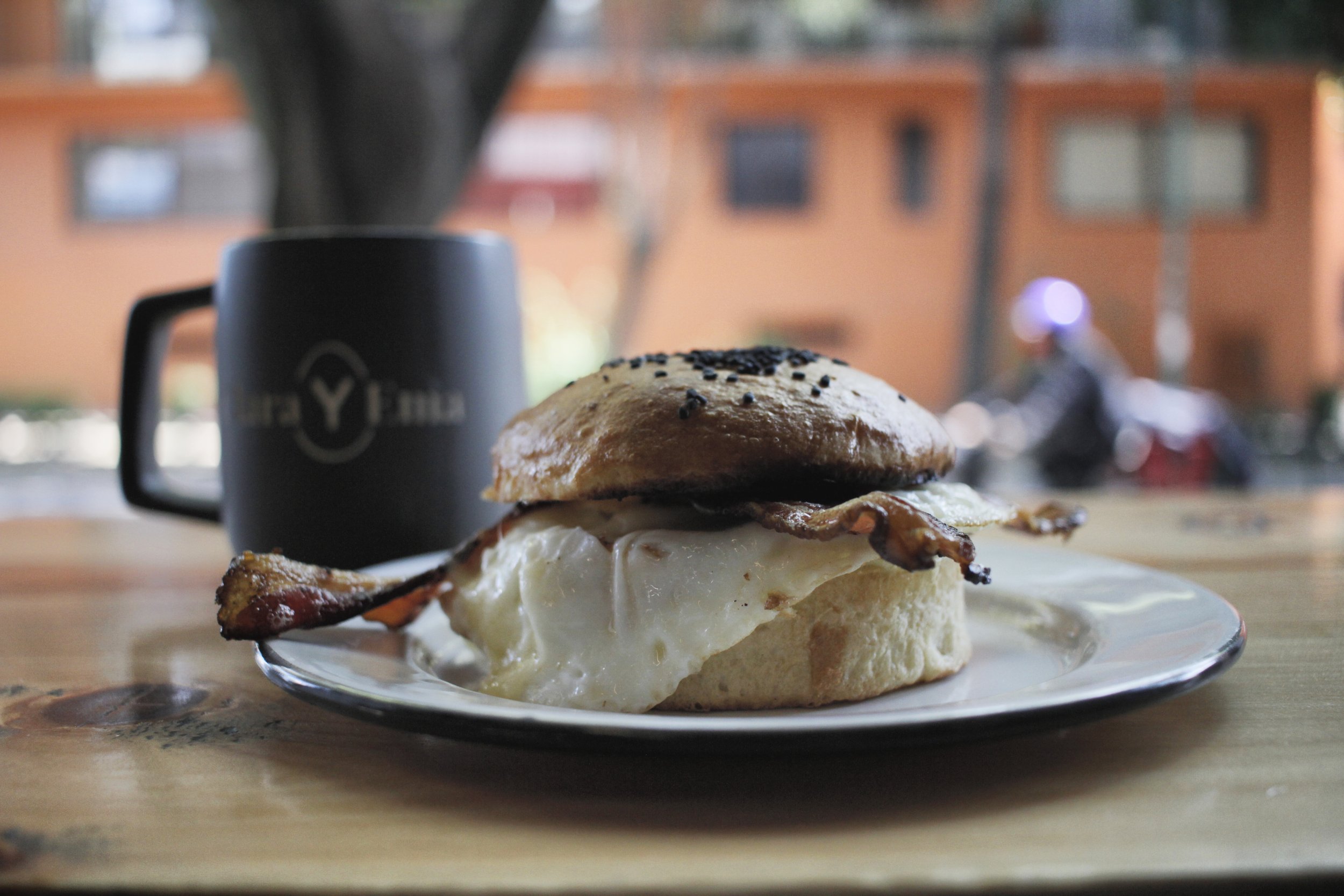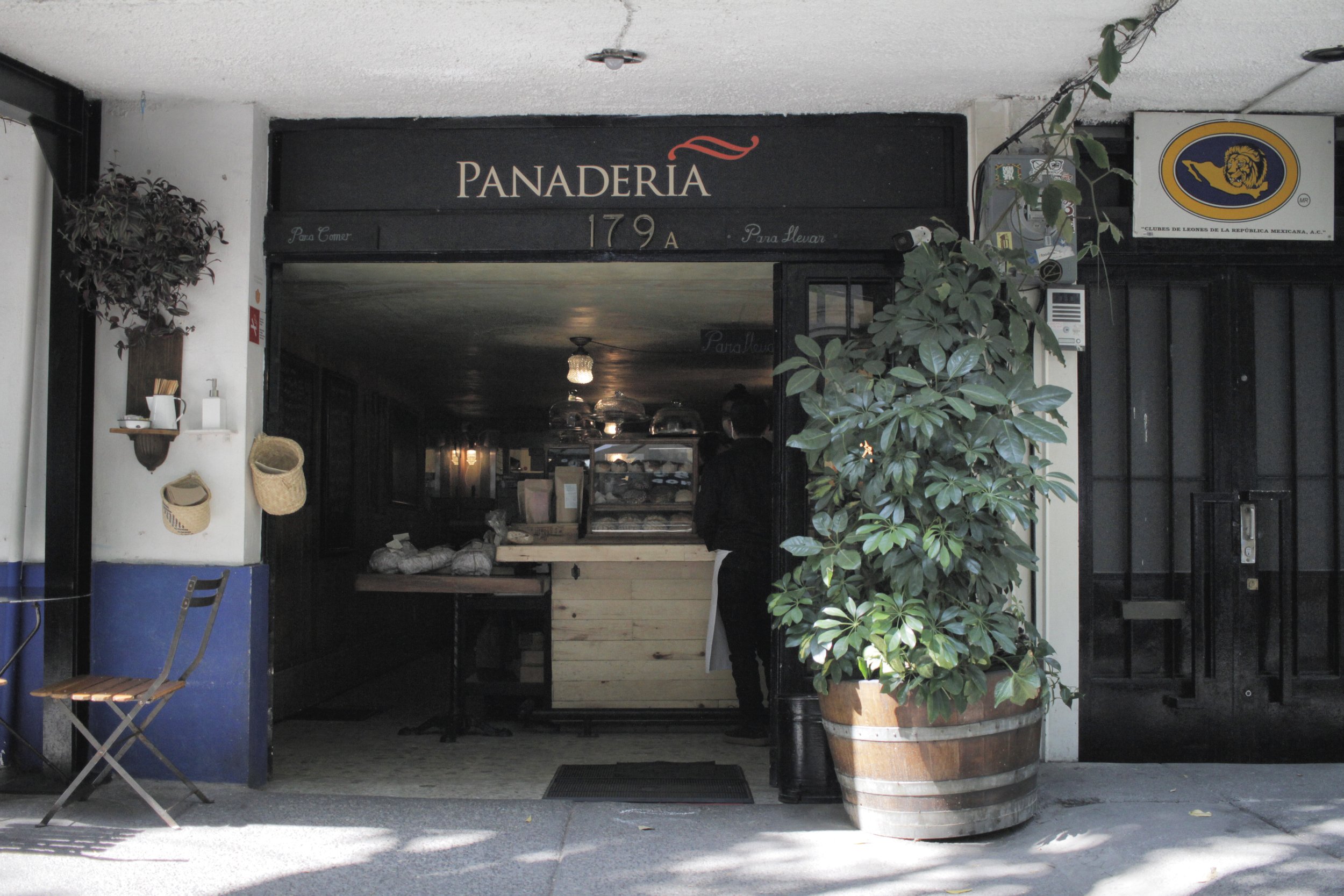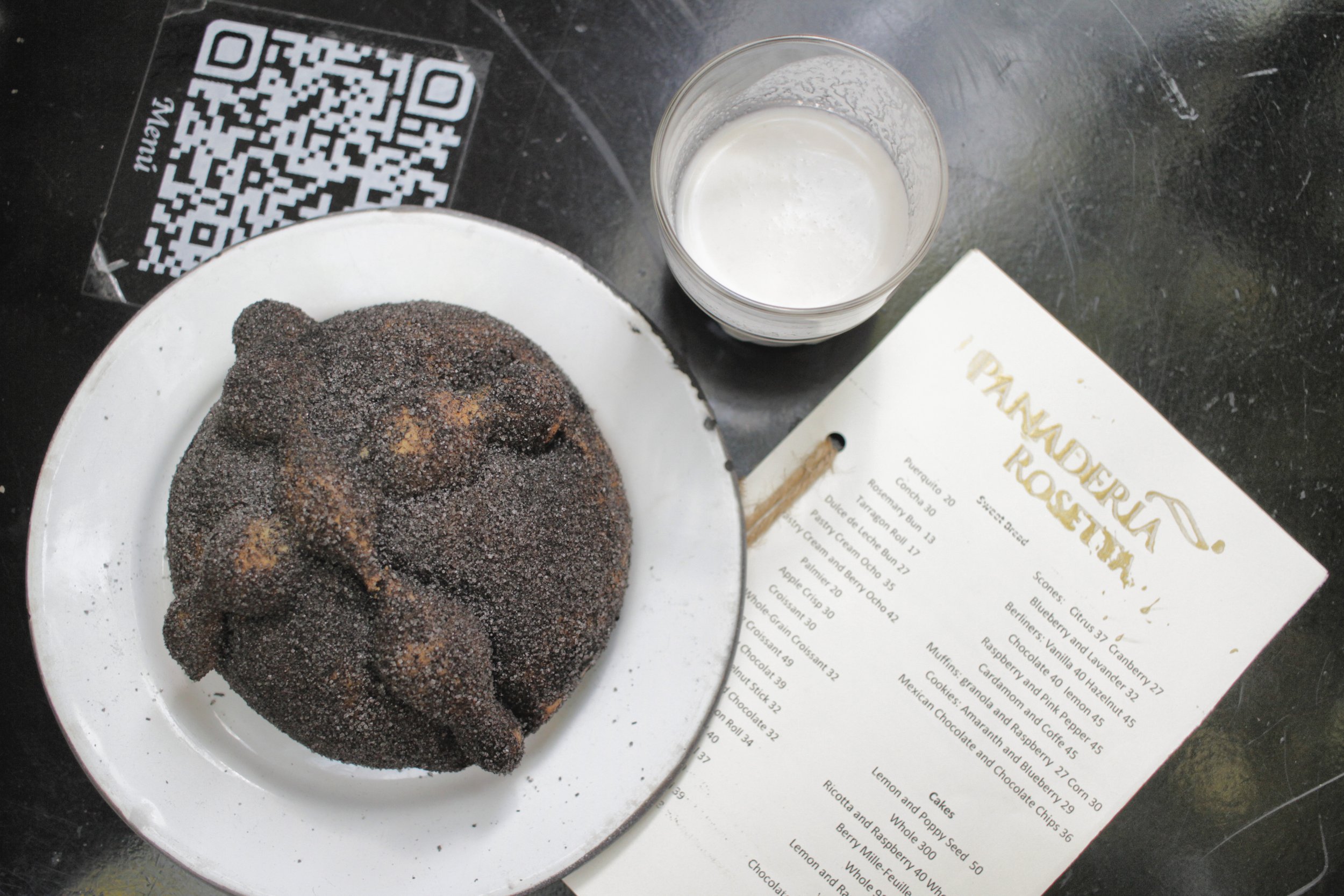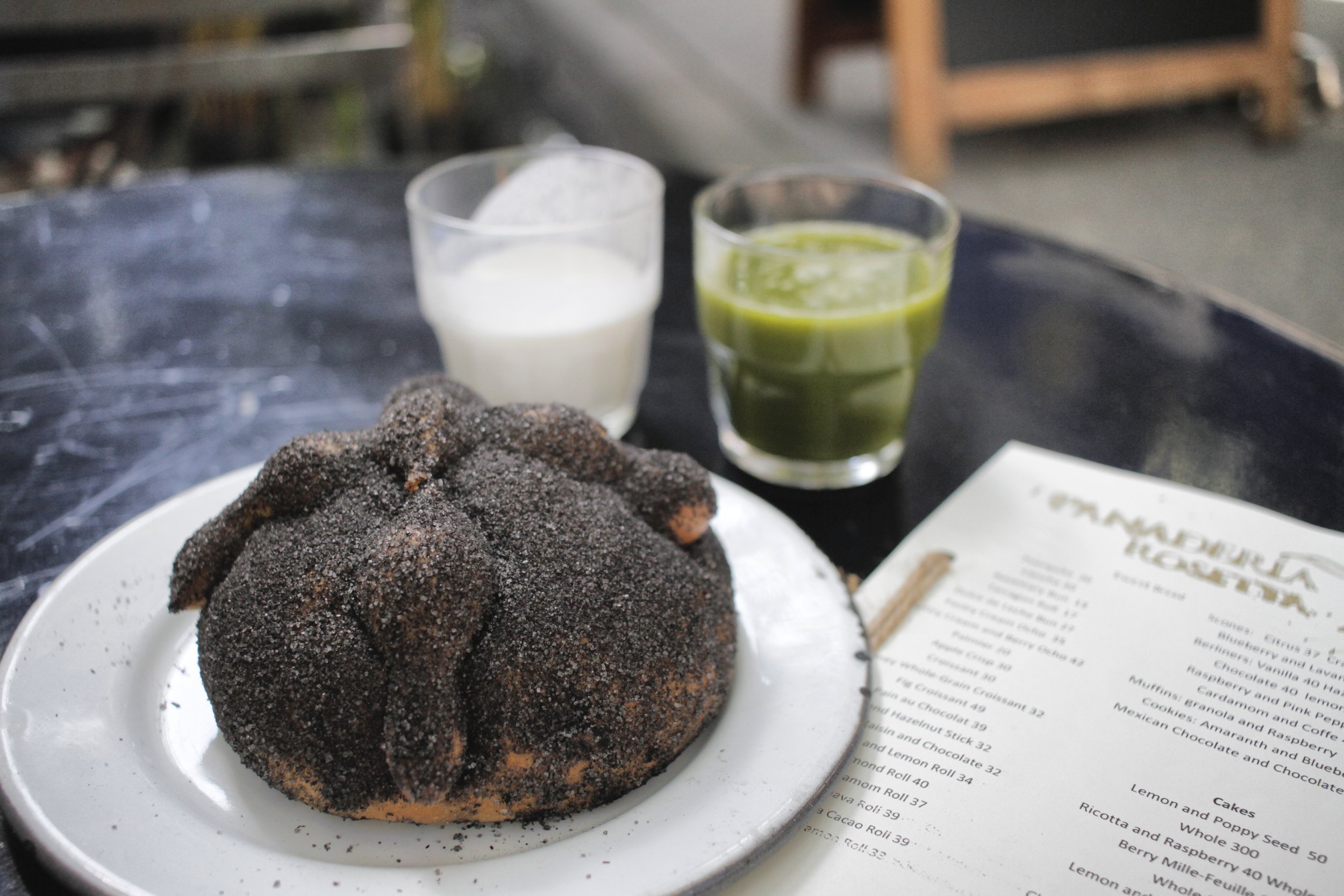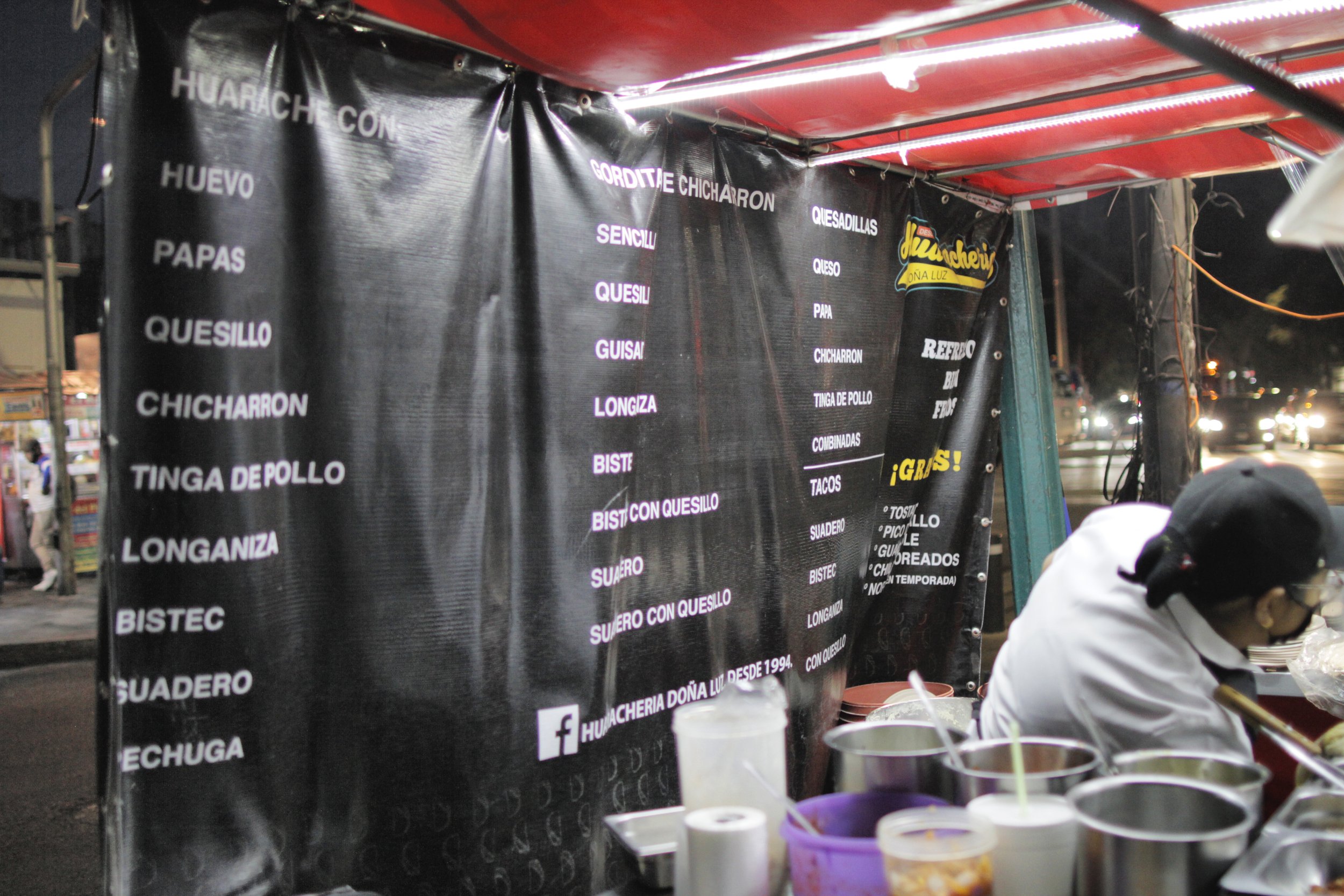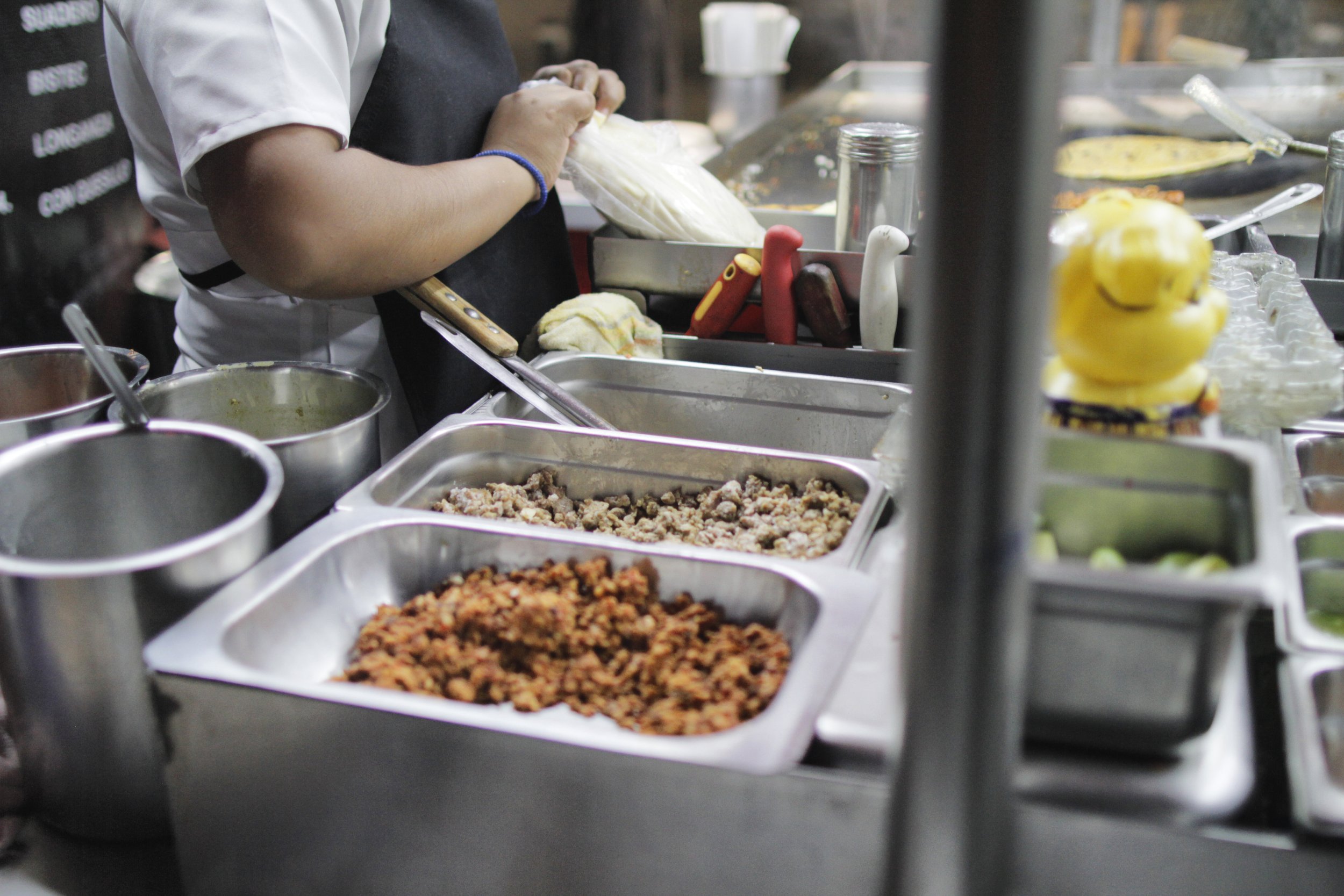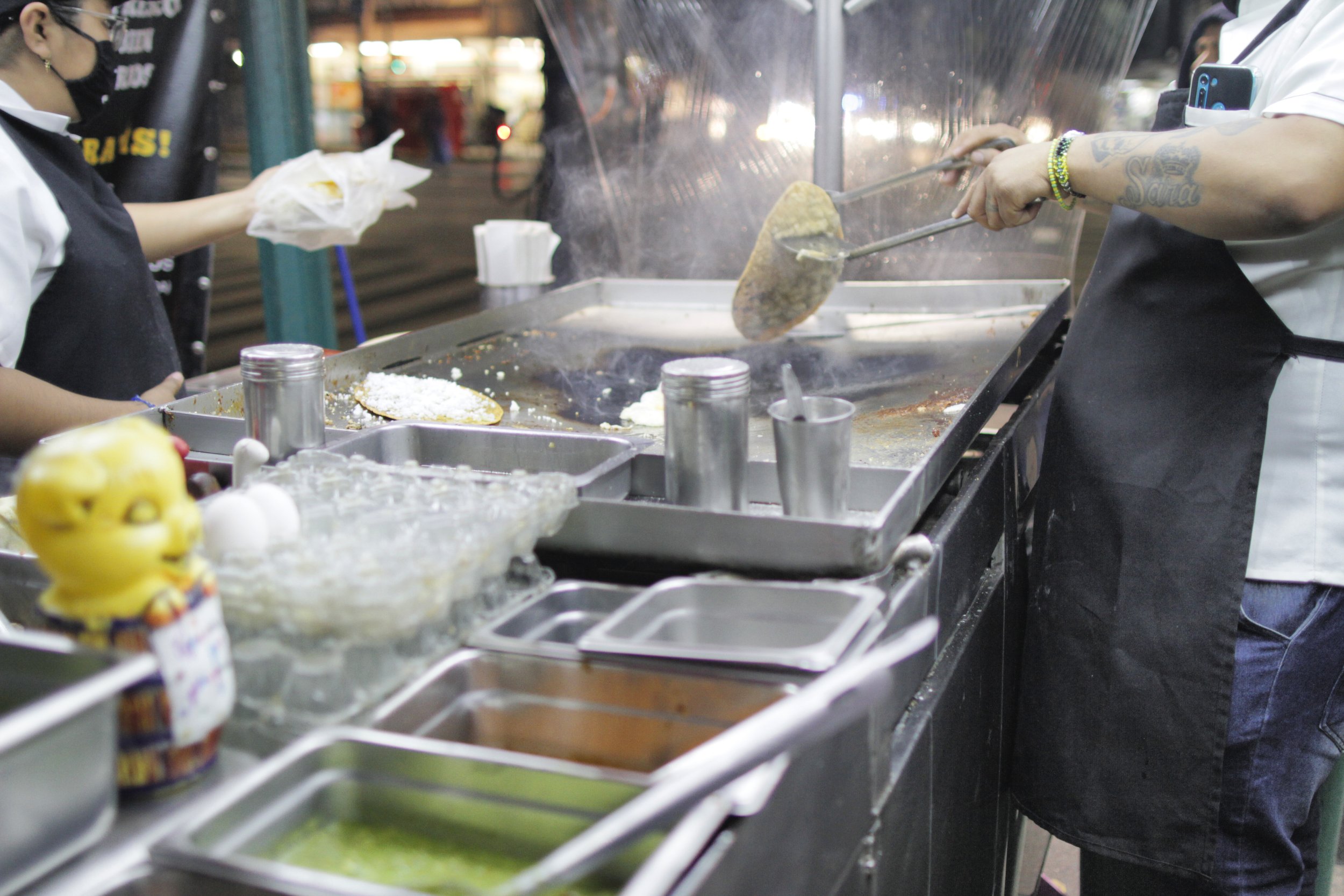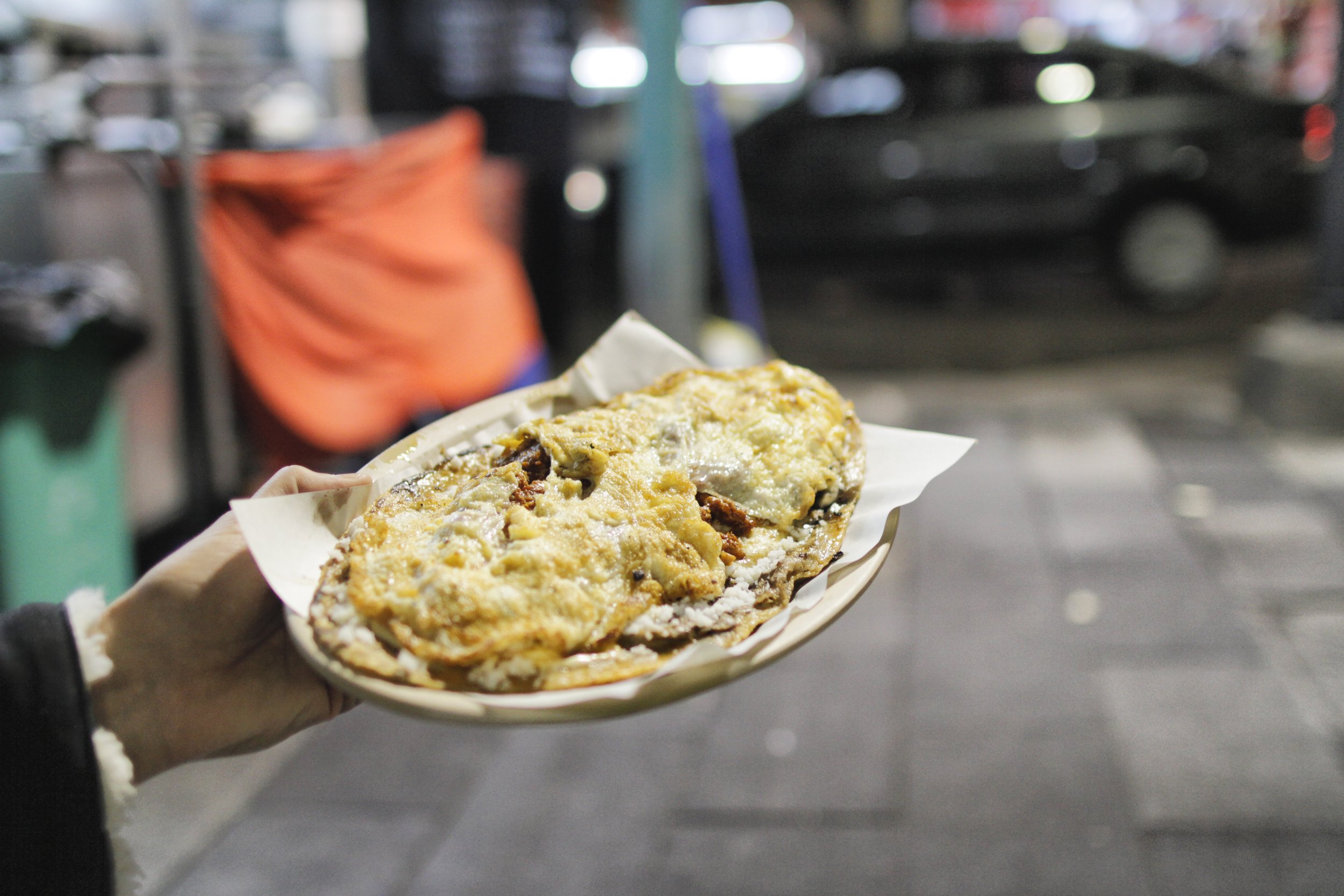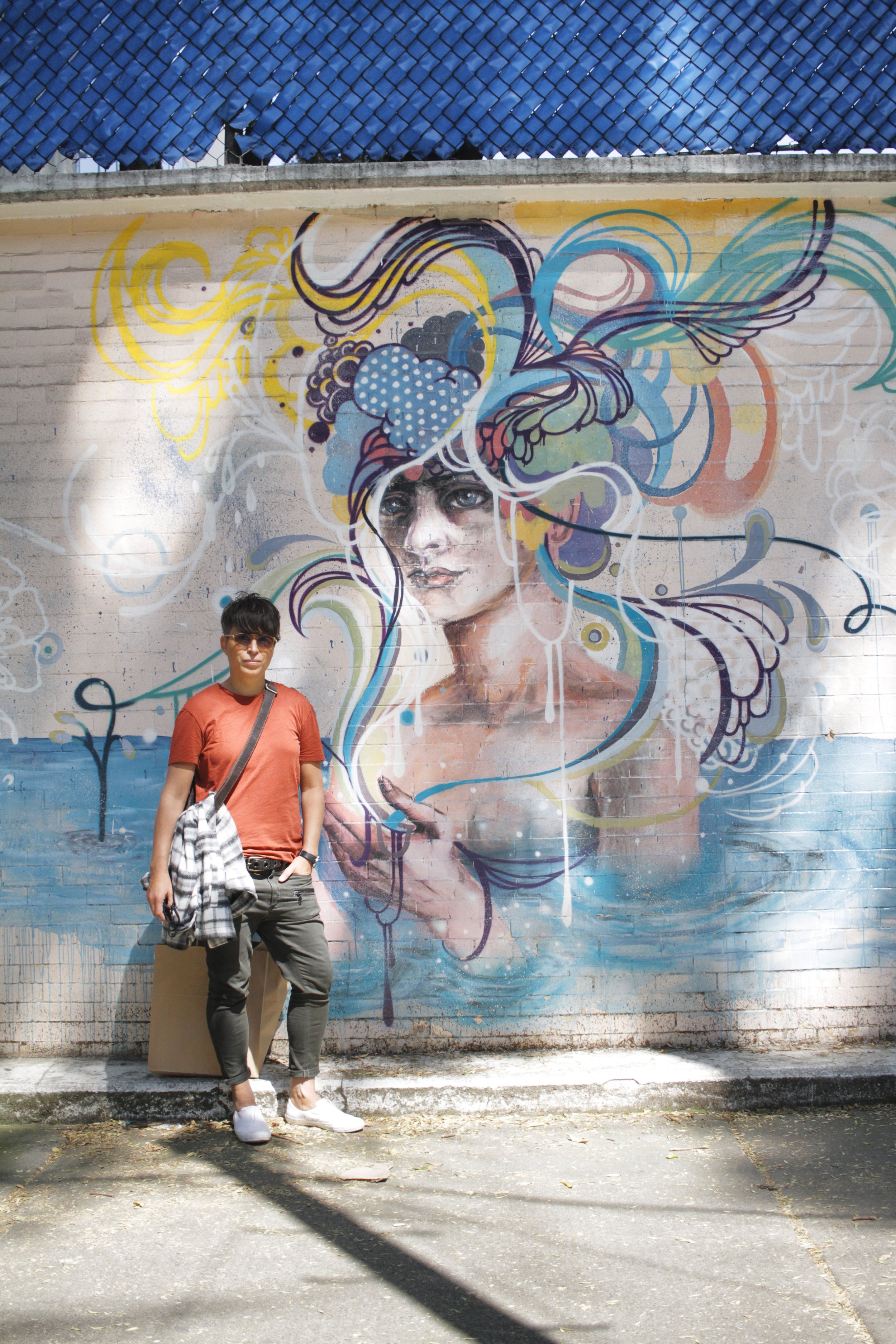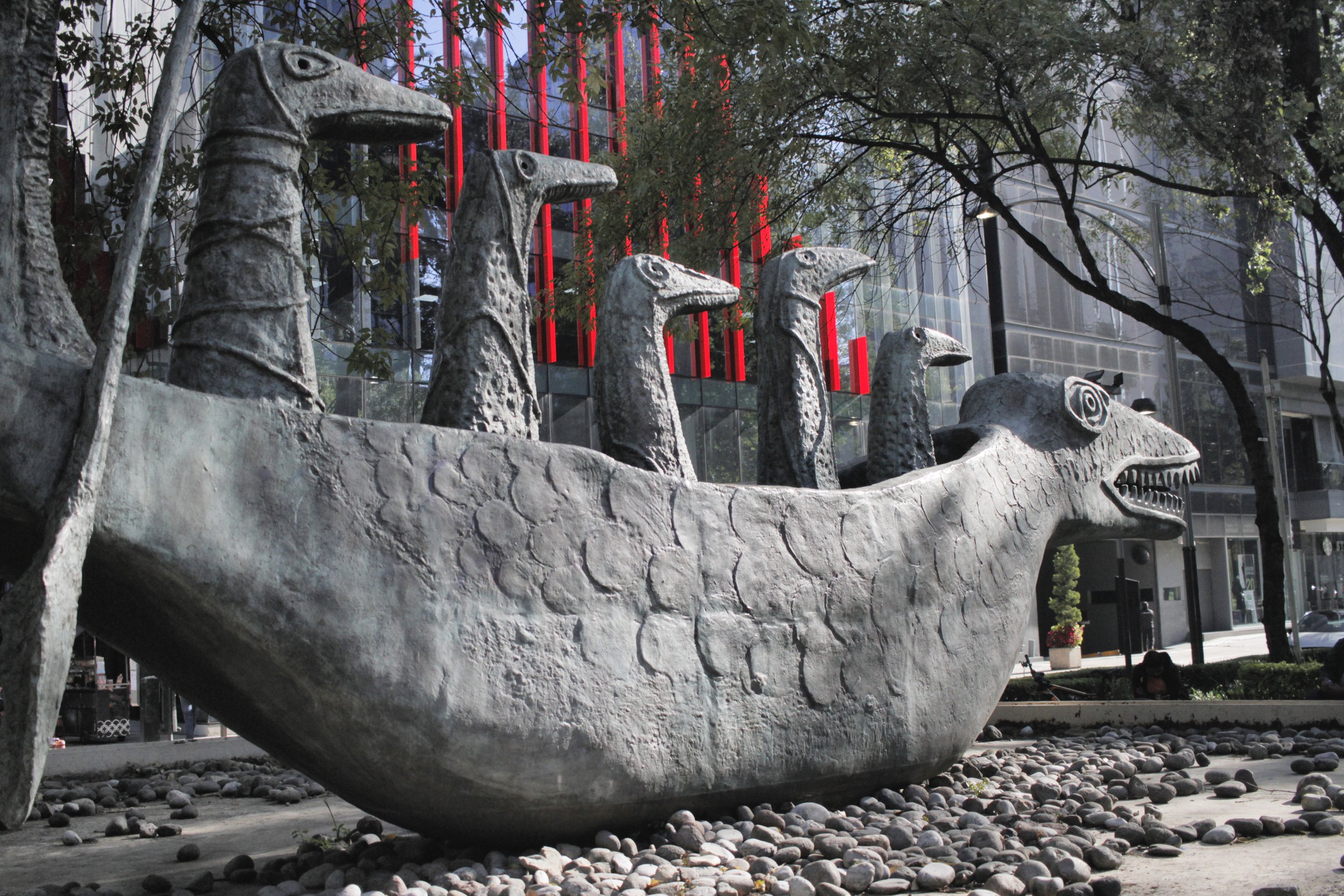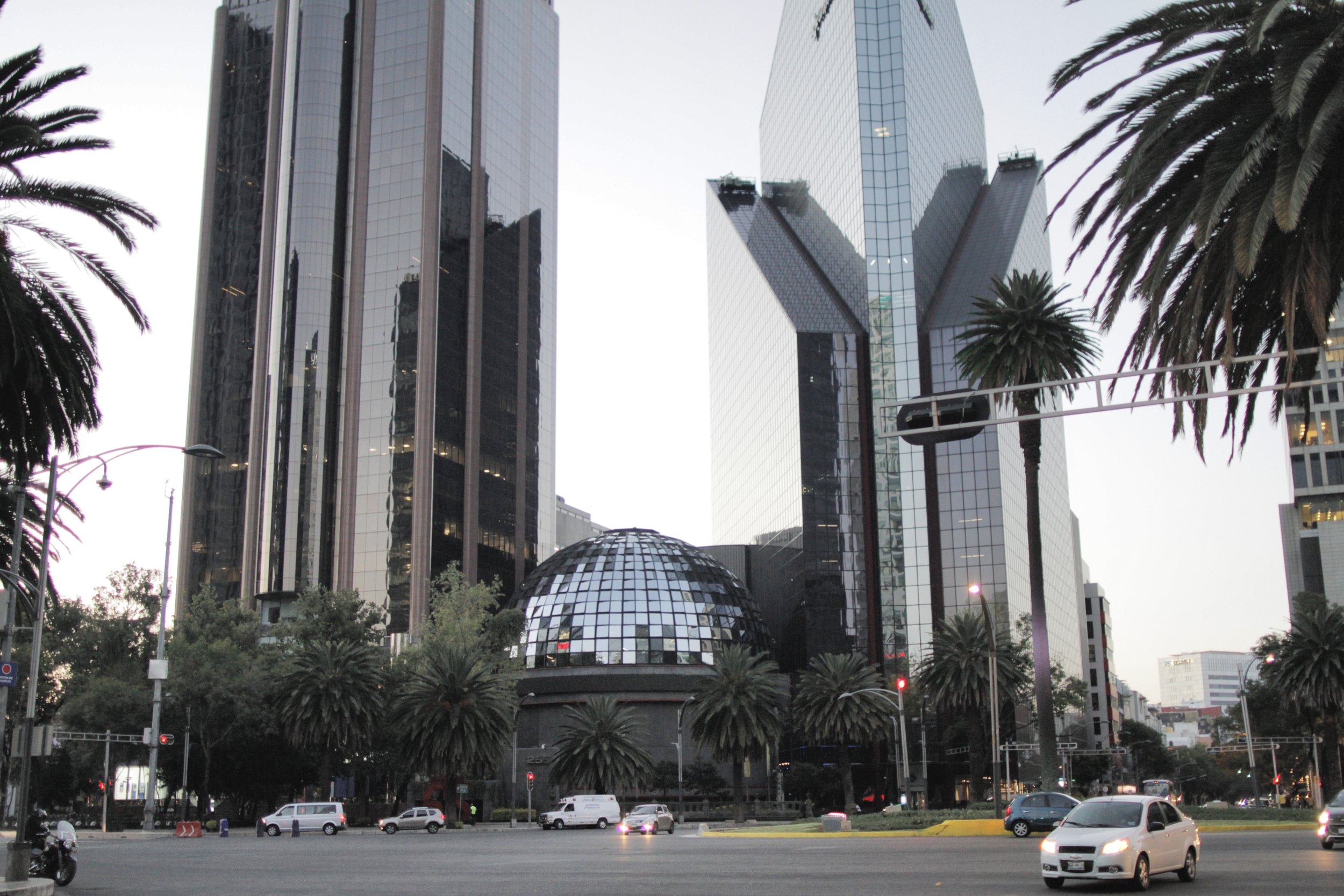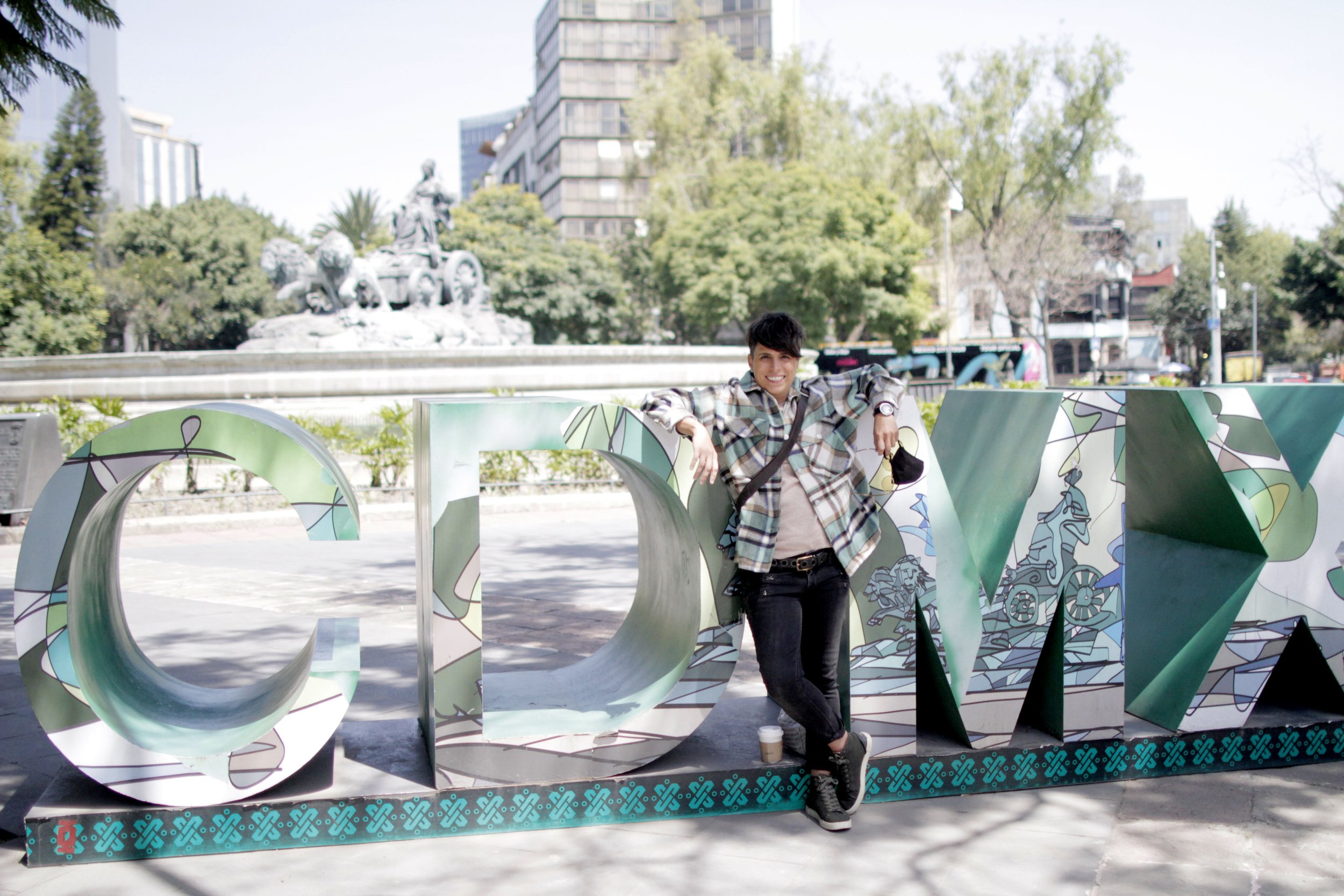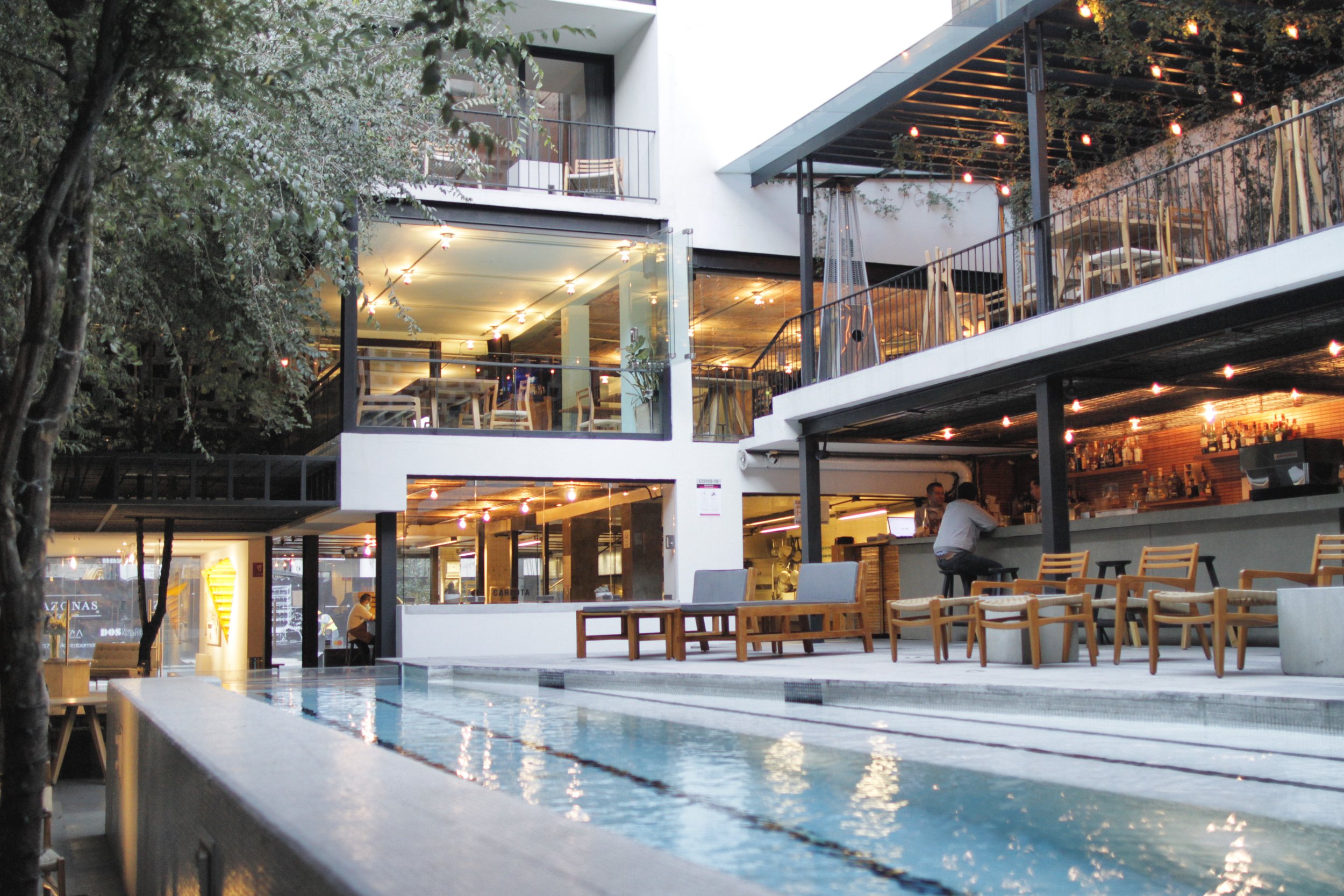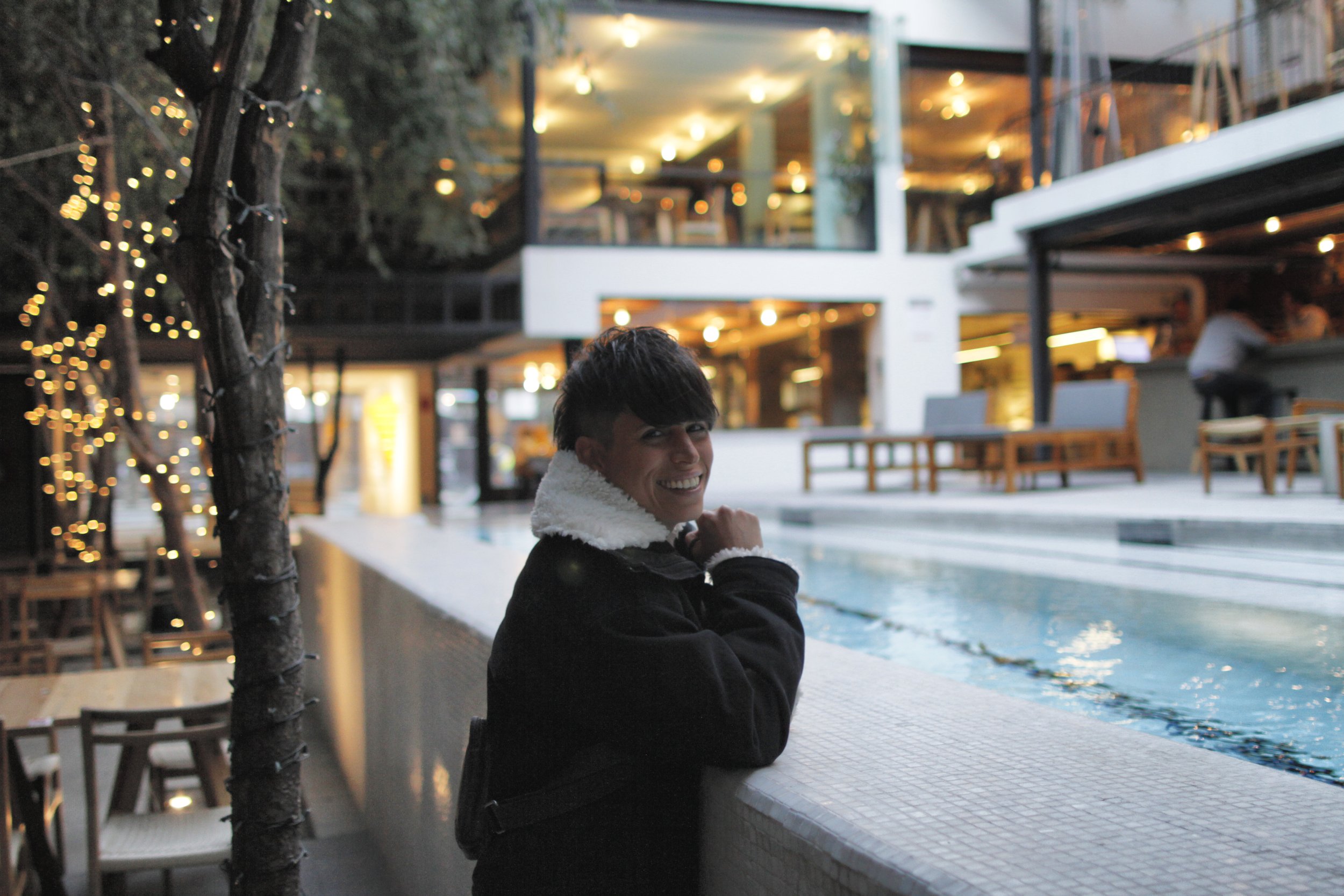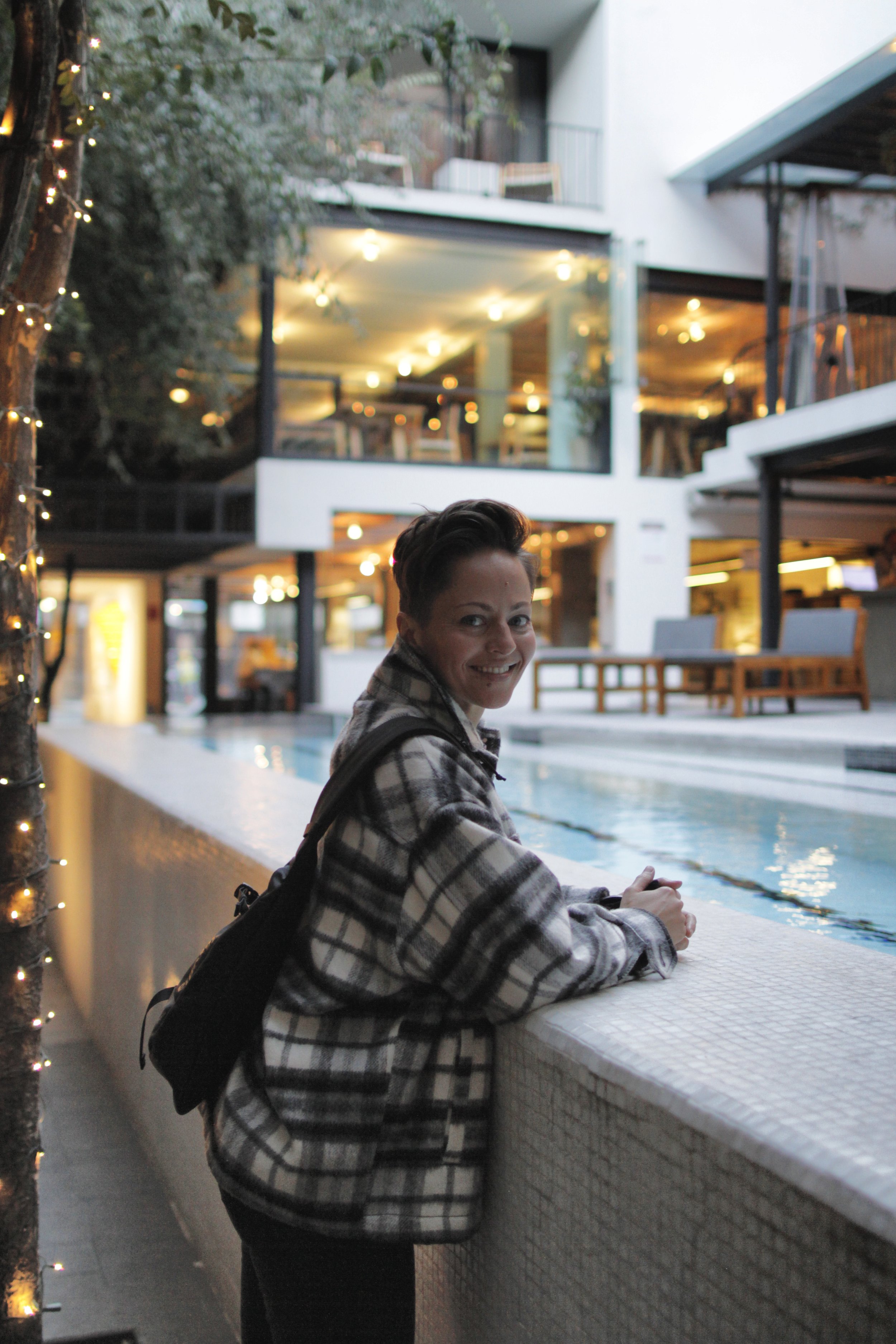Mexico City, Mexico
Ancient Aztec City of Tenochtitlán
Mexico, officially the United Mexican States, is an incredibly diverse country with so much more than tequila and tacos (or a wild spring break). It’s a land overflowing with ancient history, vibrant culture, unbelievable cuisine and a rich landscape. With just over 10% of the world’s biodiversity, Mexico is the fourth most biodiverse country in the world. It’s where chocolate originated, as the Aztecs and Mayans first cultivated cacao thousands of years ago. It’s also home to the Great Pyramid of Cholula, the largest pyramid in the world. And curiously, Mexico doesn’t have an official language though most Mexicans speak Spanish. There are also 68 recognized languages in the country, mostly indigenous, with four of these languages as isolates, languages that don’t relate to any other. All that to say, it’s a wildly fascinating country with countless destinations worth exploring.
Mexico City is both the oldest capital city in the Americas and one of two founded by Indigenous people. It was originally built on a group of islands in Lake Texcoco by the Aztecs around 1325 with the name Tenochtitlán. During the siege of Tenochtitlán, the city was nearly destroyed and then later rebuilt by the Spanish following their urban standards. In 1524, México Tenochtitlán was established, followed by Ciudad de México (Mexico City) in 1585, as it’s known today. Until its independence from Spain in 1824, Mexico City was considered an important part of the Spanish colonial empire. But it’s not only a rich past that Mexico City holds dear, there’s also a vibrant art scene, welcoming green spaces, fascinating architecture and one of a kind cuisine that entices visitors from around the world.
Flying out of LAX via Aeromexico, flights to Mexico City are a quick three and a half hours. Nestled in Zona Rosa, Hotel Carlota was about 25 minutes from the airport and located in one of the coolest barrios in the city chosen for its proximity to cafes, restaurants and boutiques, plus its reputation as an LGBTQ-friendly hub. Crawling along slowly in heavy traffic, this October day was crisp, cool, sunny and bright, marking the perfect beginning to a holiday vacation. In fact, Mexico City was so much fun that I forgot to document nearly everything. That means, the adventures that follow might feel a bit jumbled or incomplete. After spending time in the city, we were lucky enough to travel an hour north to Teotihuacán and float over the ancient Pyramid of the Sun during sunrise, as well as explore the Floating Gardens of Xochimilco an hour south of the city.
Caffeinate Yourself in Zona Rosa
After check in, we took some time to explore the area, grab a bite to eat and test out the hotel swimming pool. Zona Rosa or “Pink Zone,” is a neighborhood located just west of the historic center of Mexico City known for its shopping, nightlife and gay community. The area was originally developed as a residential district for wealthy foreigners and residents looking to move out of the city center. During the Mexican Revolution, its growth slowed but gained momentum during the 1950’s to the 1980’s as it was revitalized by intellectuals, artists and the city’s elite who gave it a bohemian feel, attracting new restaurants and bars to the area.
Heading toward Roma Norte, a district located in the Cuauhtémoc borough west of the city center, we stumbled upon my favorite coffee shop, Cumbe.
Cumbe offered all kinds of specialties and even had a little pottery and plant shop in the back of the café, selling beautifully handmade mugs in the Talavera pottery style, a Mexican and Spanish pottery tradition from Talavera de la Reina, Spain. My lavender chai latte was tasty and refreshing and kept me coming back for more.
If you’re lucky, you’ll bump into women selling all kinds of tasty snacks on the street nearby. We picked up a few items that looked interesting, namely, freshly made blue corn tortillas stuffed with cheese and beans.
Later in the evening, we landed at Amaya for dinner, sitting outside in the fresh air along the sidewalk. Amaya specializes in seasonal ingredients and specialty wines. We tried a handful of dishes including an incredible salad with beets, homemade sausage with potato salad and a baked sweet potato smothered in tahini and other yummy sauces. The experience was among the best we had in Mexico City.
Indulge at Café Nin
One cafe and bakery not to miss is Café Nin - Panadería Rosetta Havre in the Juarez district. A chic little cafe serving pastries, sandwiches and coffee, Café Nin is the latest from Elena Reygadas, chef and owner of the acclaimed restaurant Rosetta, an Italian spot with a sister bakery known around town for supplying its delicious bread.
The cafe was packed so after a short wait, we were sat inside, cozied up at a small table. Immediately impressed we were excited to try everything, ordering fresh juice, lattes and granola with warm milk, strawberries and blueberries.
For main dishes we chose scrambled eggs with goat cheese and squash blossoms topped with lemon zest and a side of toast, along with a grilled eggplant sandwich with sun dried tomatoes, goat cheese and side salad.
Each dish was better than the last and more than we could have asked for, especially since I was indulging in the freshly baked bread from the bakery.
Wander Plaza de la Constitución
From Cafe Nin, we wandered toward Plaza de la Constitución, a massive main square also known as Zócalo. On the way, we stopped in another café to taste a local drink made of ginger, honey, spices and soda water called Jarbe Artesanal de Jenigibre. It was so tasty that we bought a small bottle of the mix to take home with us for cocktails.
The streets became more and more busy the closer we got to the main plaza, littered with locals and tourists alike moving in every direction. We passed all kinds of shops selling electronics, gadgets, lighting and other types of home goods, along with fruit carts selling all varieties of fruit.
Close to the main plaza, we reached a beautiful promenade lined with large stone buildings, many with giant wooden doors and gorgeous iron details.
Eventually, though, we realized there was a protest going on downtown at the city center. People were camped out in tents in front of government buildings and many areas were roped off, only allowing foot traffic to enter or exit in one direction. It was such a mess that we decided to take a quick look but move on as fast as possible.
Our hopes to visit some of the government buildings, specifically the Palacio Nacional where Diego Rivera’s famous mural, The History of Mexico, showcases the Aztec era to the conquest, Revolution and development of industry, were dashed when we couldn’t reach the buildings due to the protests.
What’s more, we tried to get into the Gran Hotel Ciudad de Mexico, a 4-star hotel originally opened in 1899 as a department store whose staircase is a replica of the one at Paris’s Le Bon Marche with art nouveau bones that have been carefully maintained over the years. Mostly, it was the stained glass ceiling I was hoping to admire but Covid protocols only allowed guests of the hotel inside and we weren’t able to enter.
That said, due to Covid nearly all indoor activities other than dining were closed during our visit. Mexico City took extreme precaution, more than I’d seen anywhere in the states, so everything felt very safe. However, it was extremely disappointing to miss so many of the museums and exhibits like the Frida Kahlo Museum.
After working up an appetite, a busy little taco stall near our hotel caught our eye. Ordering a few different types and loading them up with red and green salsas pulled from huge buckets hanging off the side of the stall, we stood and enjoyed our tacos at a table nearby.
Going back for more, the salsa really added a delicious pop to the already incredible street tacos. This was something I could get used to.
Sample Traditional Mexican Fare & Dine at Quintonil
Meanwhile, the sound of Spanish music in the distance called to us, so we decided to check things out. It happened to be an outdoor market serving all sorts of traditional Mexican food and treats. The market was also selling everything from socks to makeup and antiques but we were focused on the tasty treats with the flauta guy as our first target.
After loading up our flautas with toppings like cheese, salsa and lime, we scarfed them down pretty quickly. Then, we bumped into a little old woman and her team making what looked like blue corn open face tacos. These Mexican corn cakes called tlacoyos originated from Mexico’s rich Aztec culinary history and she was kind enough to give us a sample.
A tlacoyo is an oval shaped Mexican dish made of masa or corn. They are thicker than fresh corn tortillas and often stuffed with cheese, fava beans, cooked ground beans and chicharron before being fried or toasted.
Our football shaped wonders were filled with a mild white Mexican cheese and covered in green salsa, bits of cactus, onions and even more cheese.
Completely stuffed, we made our way out of the market only to find a woman with huge silver tins filled with handmade ice cream. Unable to pass it up, I grabbed a cup of passion fruit ice cream. It was out of this world and I’d never tasted something so full of flavor; frozen little chunks of fruit making all the difference.
In the evening, we arrived right on time for our dinner reservation at Quintonil. Since 2015, Quintonil has landed on The World's 50 Best Restaurants list, where it currently sits in 9th place. A gastronomic experience directed by chef, Jorge Vallejo, and wife, Alejandra Flores, offering more of an la carte experience, Quintonil is definitely worth the hype. They focus on fresh, local ingredients and traditional Mexican flavors and techniques prepared in modern ways.
Named after a green herb that is featured in some of the dishes and drinks, Quintonil brings a unique take on fine dining. The tasting menu contains seasonal dishes like cactus sorbet or spider crab in green mole with most ingredients only traveling 100 feet from urban garden to plate. The meal was so delicious that I can’t even remember what we ate, nearly blacking out and only snapping a single photo.
Breakfast at Lardo & Float Along the Gardens of Xochimilco
Before heading out to Xochimilco, a gritty working class neighborhood famous for its canals of Xochimilco, the last remnants of an extensive water transport system built by the Aztecs, we stopped at Lardo for breakfast. Lardo is a cool Mexican European fusion resturant serving up tasty brunch items and the like.
Sitting up at the bar, our lattes and stone fruit pastries arrived first.
Then we moved on to chilaquiles, a traditional Mexican breakfast dish of corn tortillas cut into pieces and lightly fried, topped with red or green salsa and commonly garnished with crema, crumbled queso fresco, sliced onion, avocado and cilantro. Honestly, I’d had better but the experience was still an enjoyable one.
Floating Gardens of Xochimilco
Xochimilco, Mexico
Hot Air Balloon Over the Pyramids & Experience the One and Only, Pujol
Another incredible adventure in Mexico City is visiting the Pyramid of the Sun just an hour away in Teotihuacán. There, you’re able to enjoy sunrise floating over the ancient city in a magical hot air balloon.
Pyramid of the Sun
Teotihuacán, Mexico
That evening, we had a once in a lifetime dining experience at Pujol, 13th on the The World's 50 Best Restaurants list. Founded by Chef Enrique Olvera, Pujol delivers the most beautiful dishes showcasing high quality indigenous ingredients using modern twists on traditional recipes. Highlighting a menu with produce from only 15 farmers, their no waste policy informs dishes like a blood orange aguachile with lime or lobster taco with salsa macha, macadamia nuts and fresh cheese or sweets like the cactus sorbet and pickled figs with fig leaf ice cream. The restaurant’s omakase tasting menu changes seasonally, other than the humble taco, the only permanent dish.
Again, fully in the moment and experiencing a potential blackout, the night was a blur. Vaguely, I remember dishes with corn, seafood and mole, an incredible ambience, impeccable service and wonderful birthday wishes to finish off the evening.
Lose Yourself in Delicious Breakfast Sandwiches & Baked Goods
It was time to indulge at Clara y Ema with giant breakfast sandwiches and delicious cups of coffee. With the mission to deliver the most perfect eggs, Clara y Ema’s didn’t disappoint. Clara y Ema sits in Colonia Juárez, one of the better known neighborhoods in Mexico City. With a worldly and intellectual reputation since its founding in the late 19th century, the area has been known to attract artists and intellectuals since the 1960s.
With an eclectic feel and cute decor, Clara y Ema had a fast food vibe. We placed our order up at the counter and took seats at a high counter looking out onto the street.
Overlooking the neighborhood and enjoying breakfast made for a nice calm morning which is one of the best things about Mexico City. Even though you find yourself in a busy city, there are moments all around that feel quiet and small.
The both of us ordered lattes and giant egg sandwiches of different varieties. Slathered in melted cheese and either ham or bacon and soft fluffy eggs, these were some of the best breakfast sandwiches I’d ever had. The soft bread topped with poppy seeds made all the difference.
Another stop on our must-see list was Panadería Rosetta for some delicious baked goods. Owner of Rosetta and Café Nin, Elena Reygadas was just named the world’s best female chef by the World’s 50 Best Restaurants (and it’s no surprise). Elena is said to cook in rhythm with nature and is one of the most important figures in Mexican gastronomy. Rosetta Bakery also happens to sell its bread to both Lardo and Café Nin, both of which we had previously visited.
Lucky if you can grab a seat at this tiny hole in the wall, the bakery offers some unique treats. I opted for the most delicious soft chewy bun called pan de muerto. Pan de muerto or bread of the dead is a type of sweet bread traditionally baked in Mexico leading up to Día de los Muertos, a day spent in prayer and remembrance of friends and family members who have passed. Shaped like a bun, pan de muerto is often topped with bone-shaped phalanges and in this case, black sugar.
A super cute shop we stumbled into was Rayito de Luna, a skin and haircare line with delicious products for all. The store displays were gorgeous and staff was so kind, letting us sample nearly anything.
Later in the evening we ran out for more street food. With so many options, something meaty and cheesy was our choice.
Wind Down With Mexico City's Vibrant Art Scene
Roma Norte, another yummy area worth exploring, is Mexico City’s culinary and artistic epicenter and home to an increasing number of young professionals. Along its main avenue, Avenida Álvaro Obregón, are countless quirky cafes, boutiques and refurbished mansions, along with more street art than you can imagine.
Heading north on foot, the central promenade, Paseo de la Reforma or Promenade of the Reform, is a wide avenue running diagonally across the heart of Mexico City. It was designed at the request of Emperor Maximilian during the Second Mexican Empire era and modeled after the noteworthy boulevards of Europe.
Along the promenade are many interesting art installations, impressive fountains, fancy restaurants, hotels, tourist destinations, office buildings and much more. It’s a common place for Mexicans to gather and celebrate or even protest and it’s a place that helps the city feel more vibrant, alive and welcoming.
With that, our time in Mexico City came to an end. And although I’d been hesitant to visit for years, I’m incredibly grateful I did because Mexico City is now one of my favorite cities in the world. People were kind, food was unforgettable (even though I can’t remember specifics) and the energy of the city was absolutely infectious. It’s one of those cities where you don’t need to plan a thing, just step outside your door.
Hotel Carlota
A lovely experience, Hotel Carlota was unique and welcoming. Designed in a minimalist style with natural materials like concrete, metal and wood, the architecture was quintessentially Mexico City.
The pool was a nice touch, though too chilly for me and the ceviche from the kitchen was absolutely delicious.


